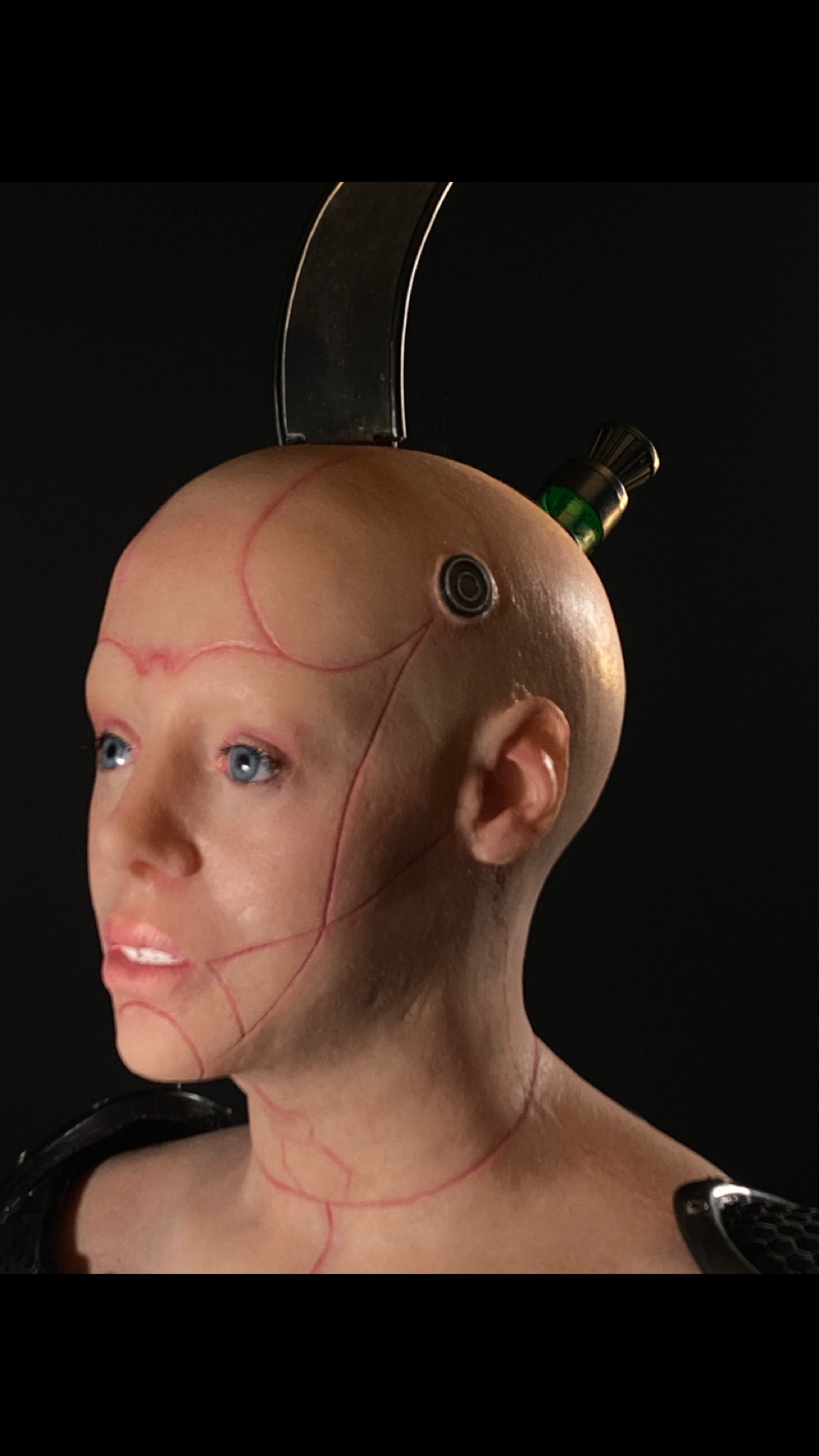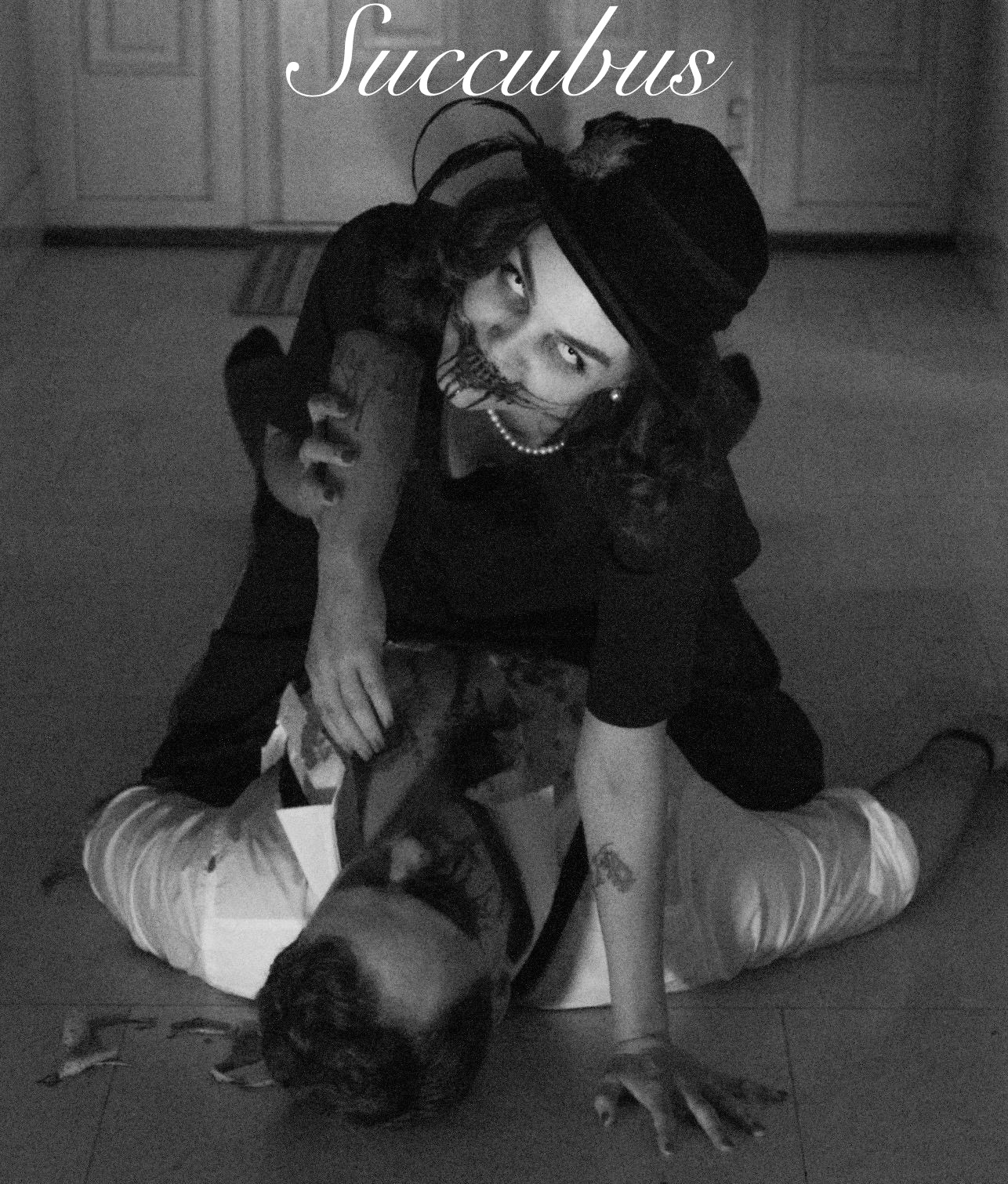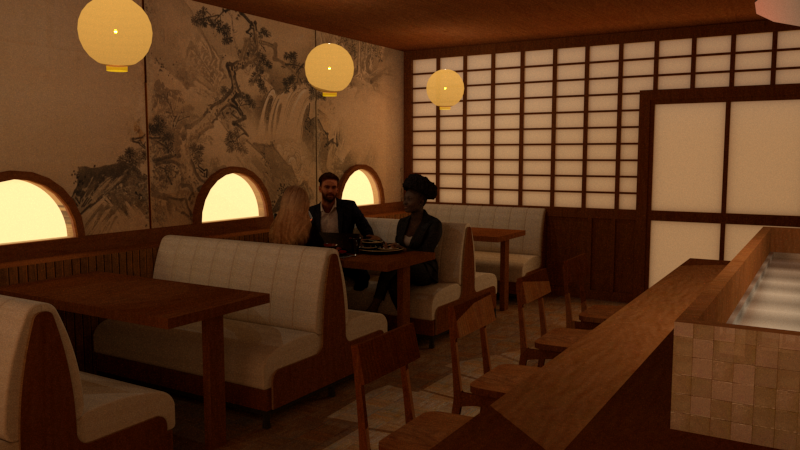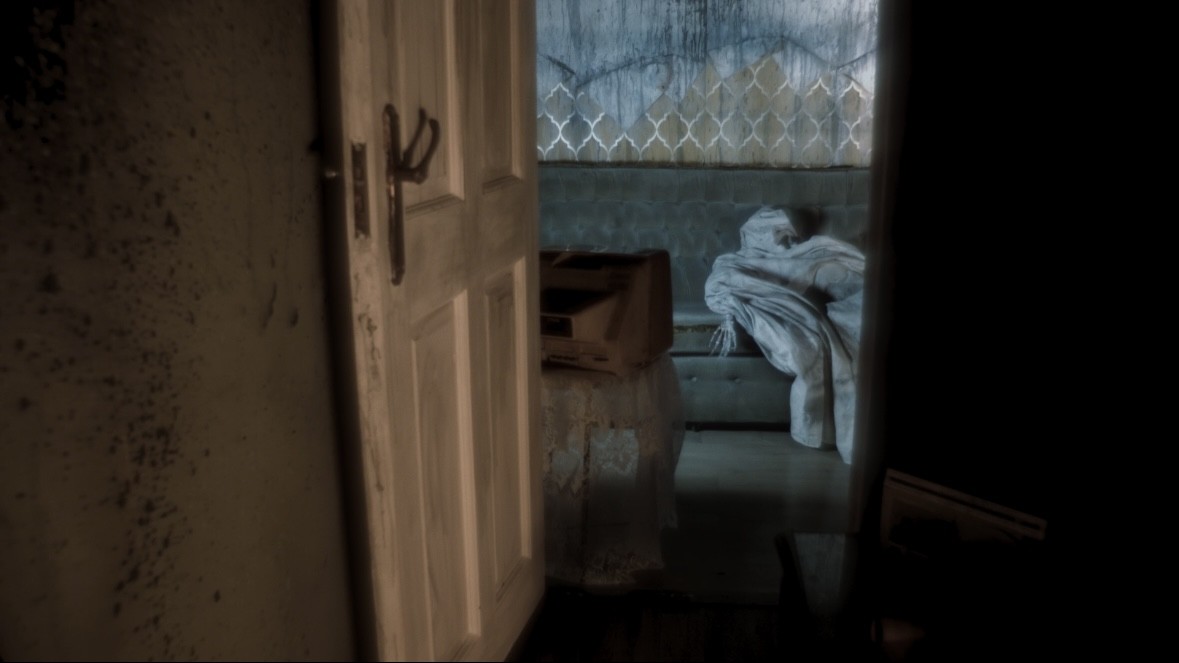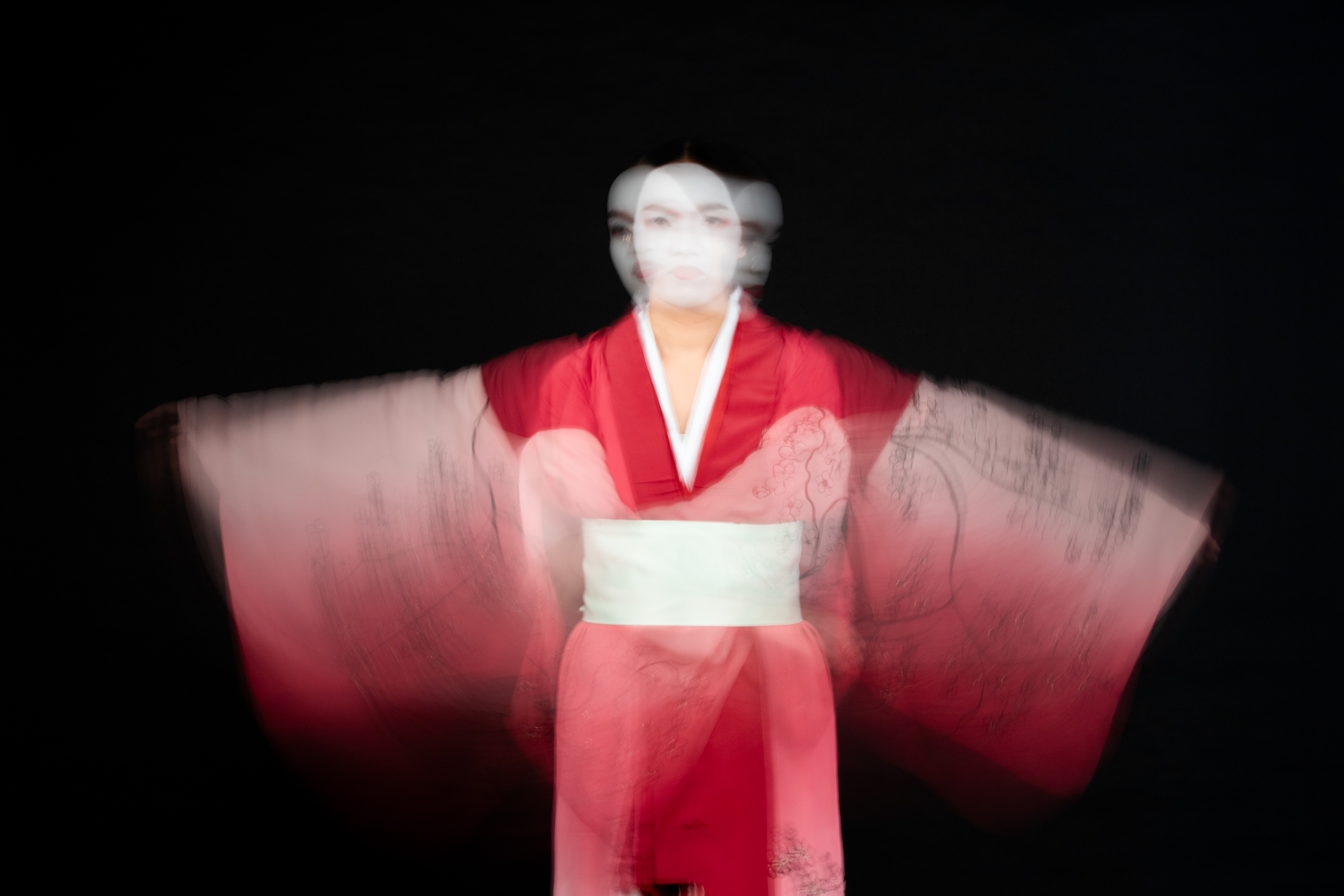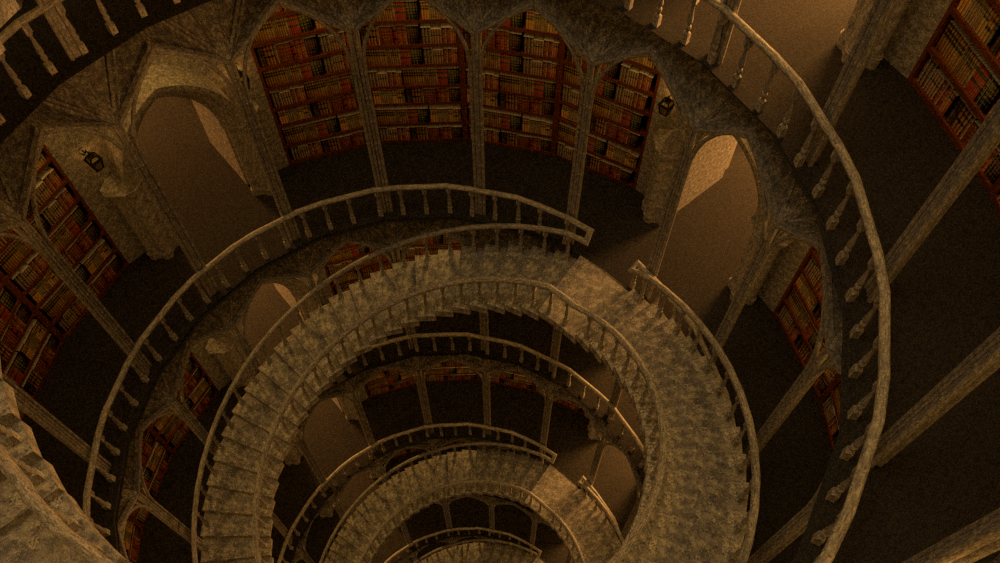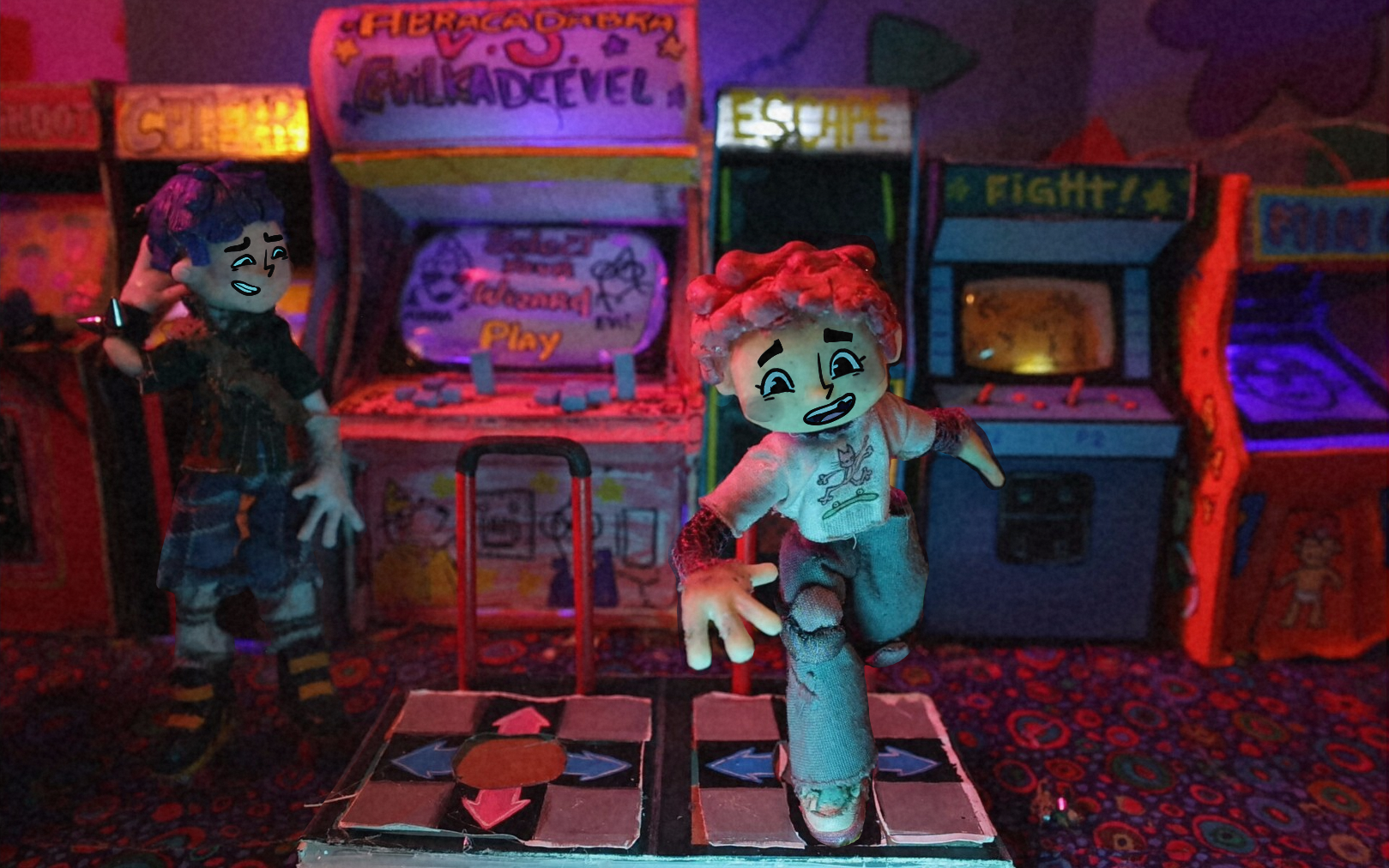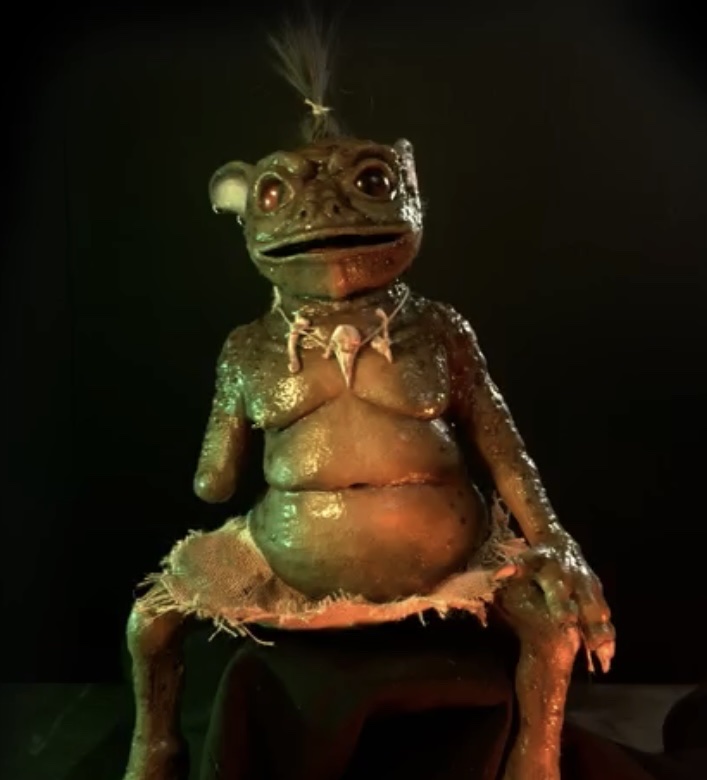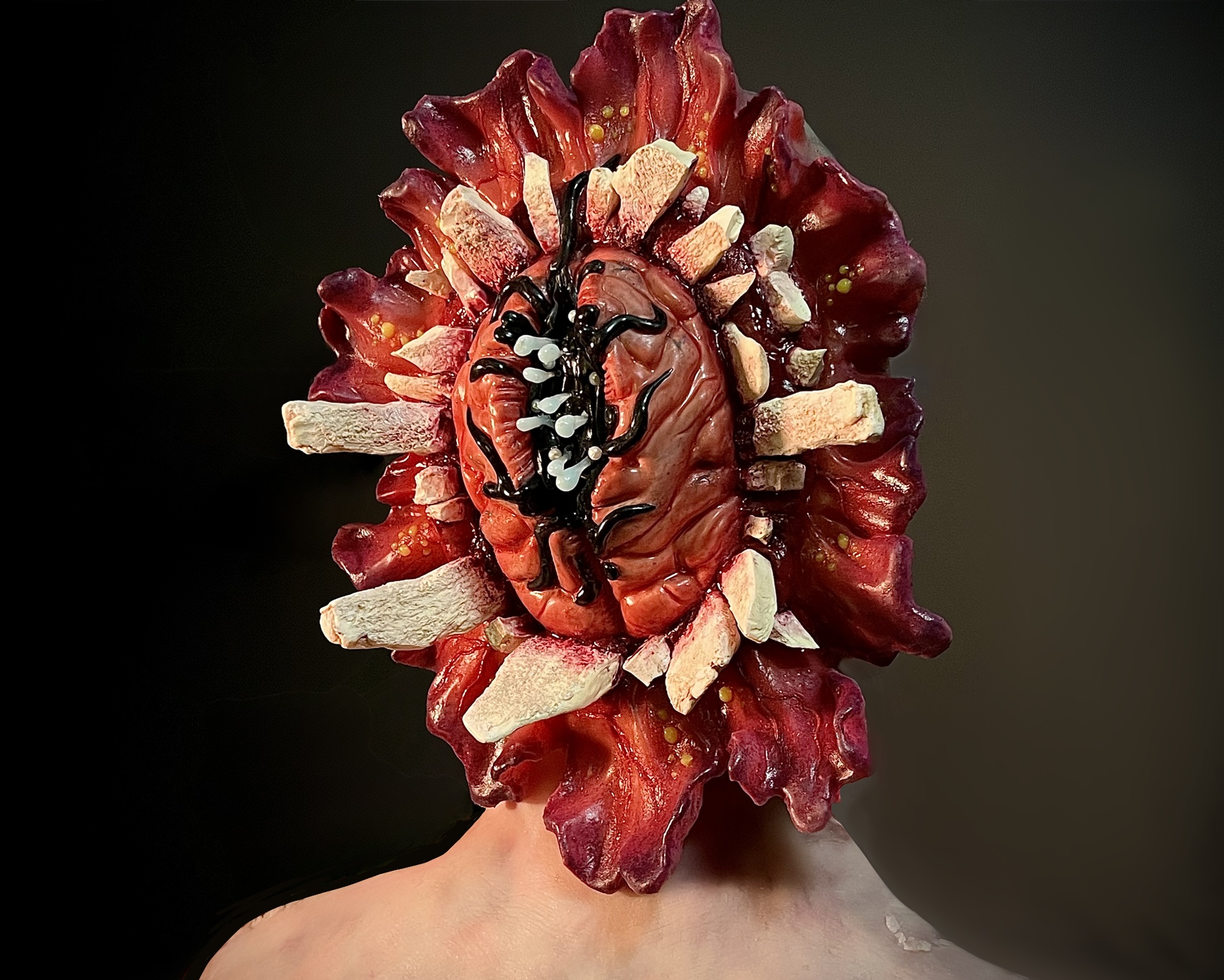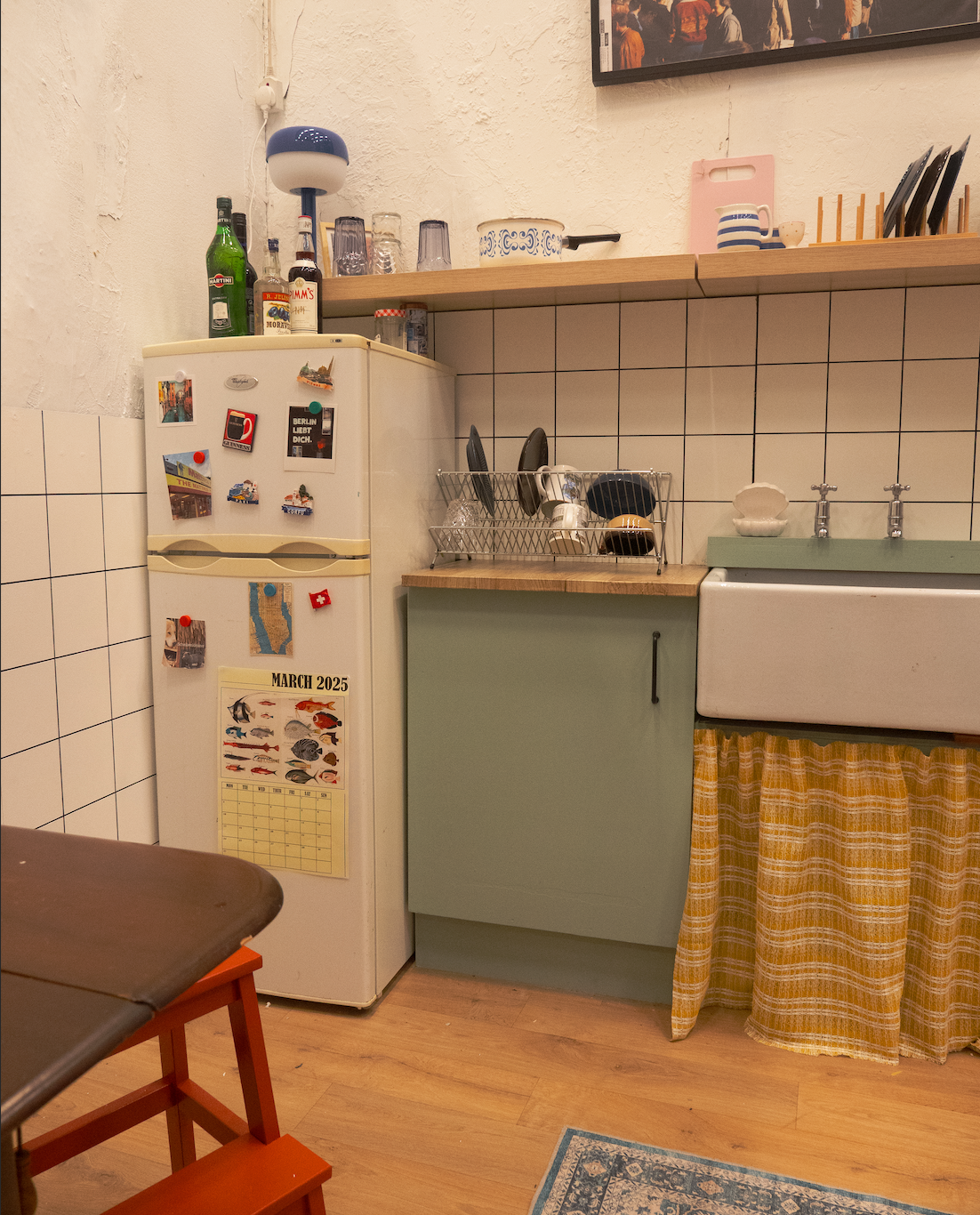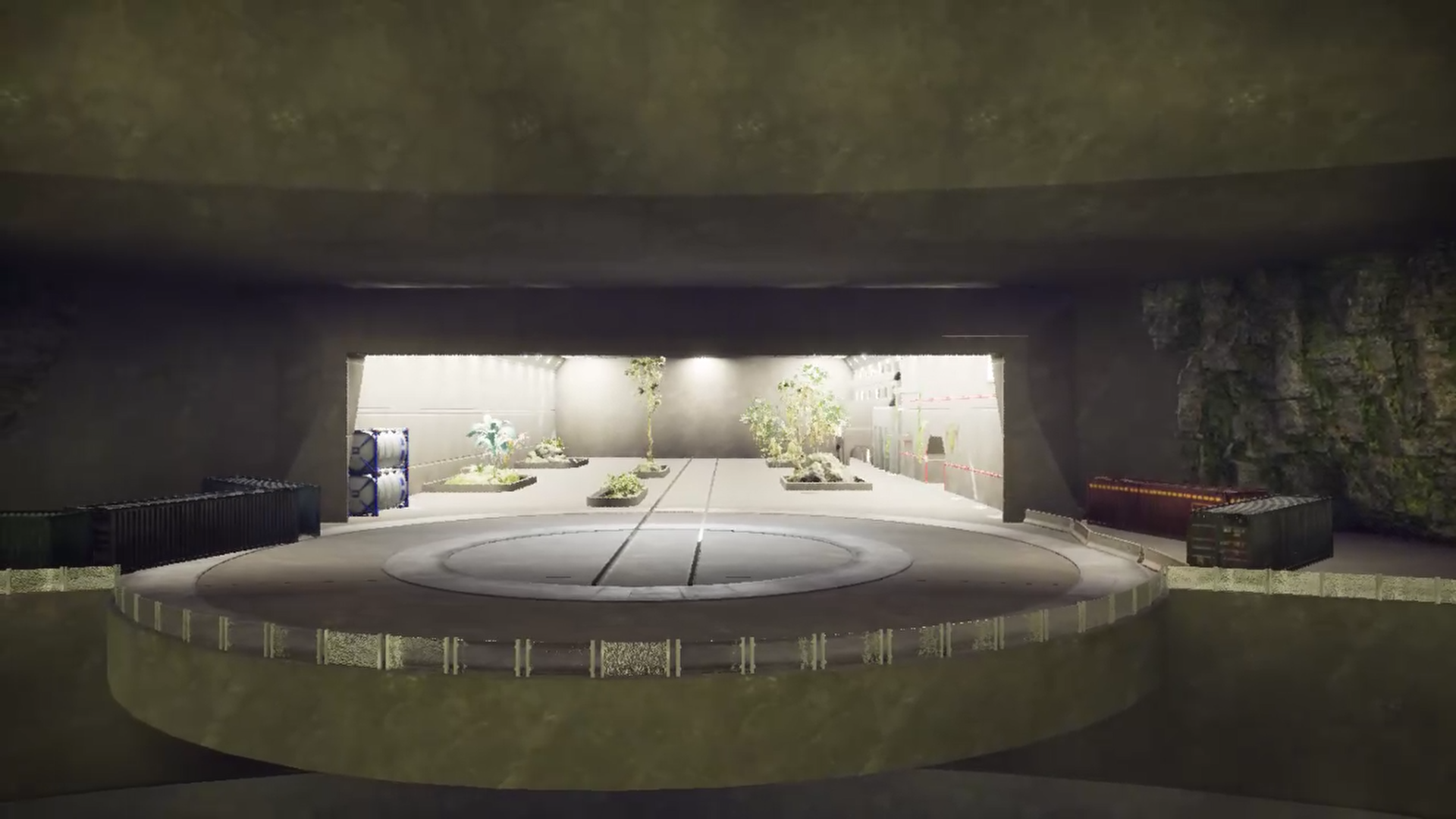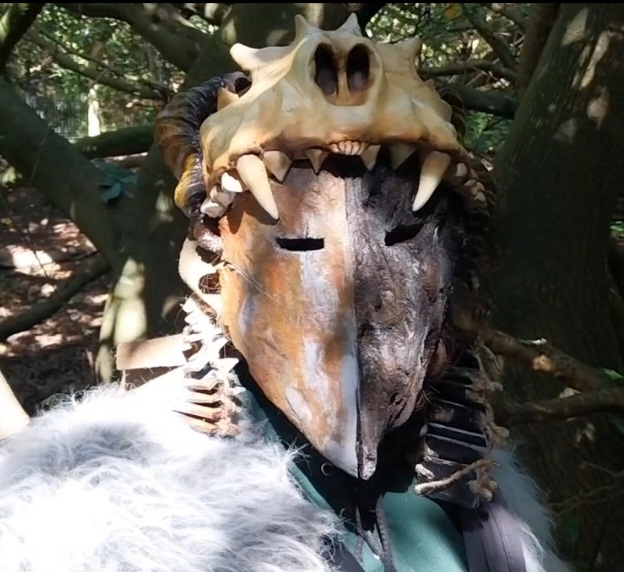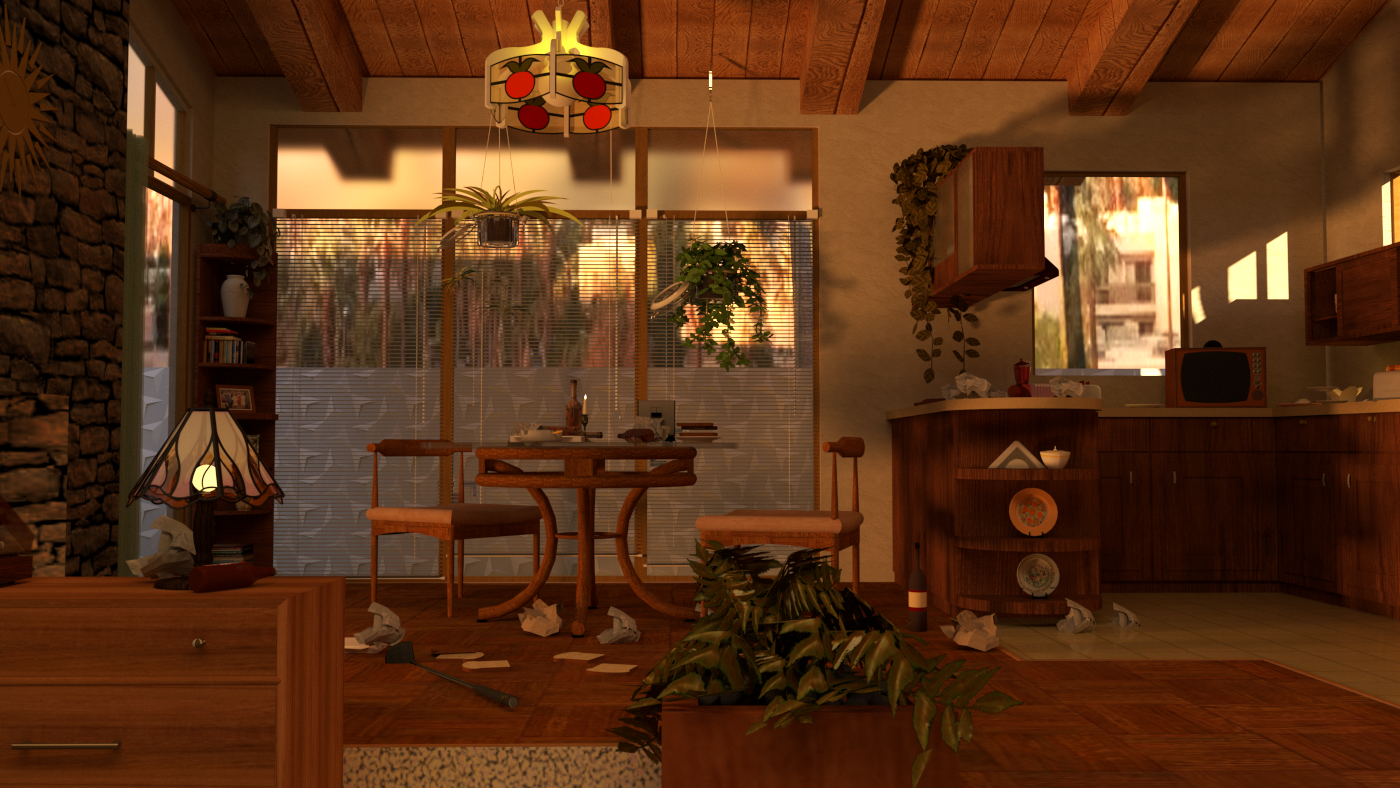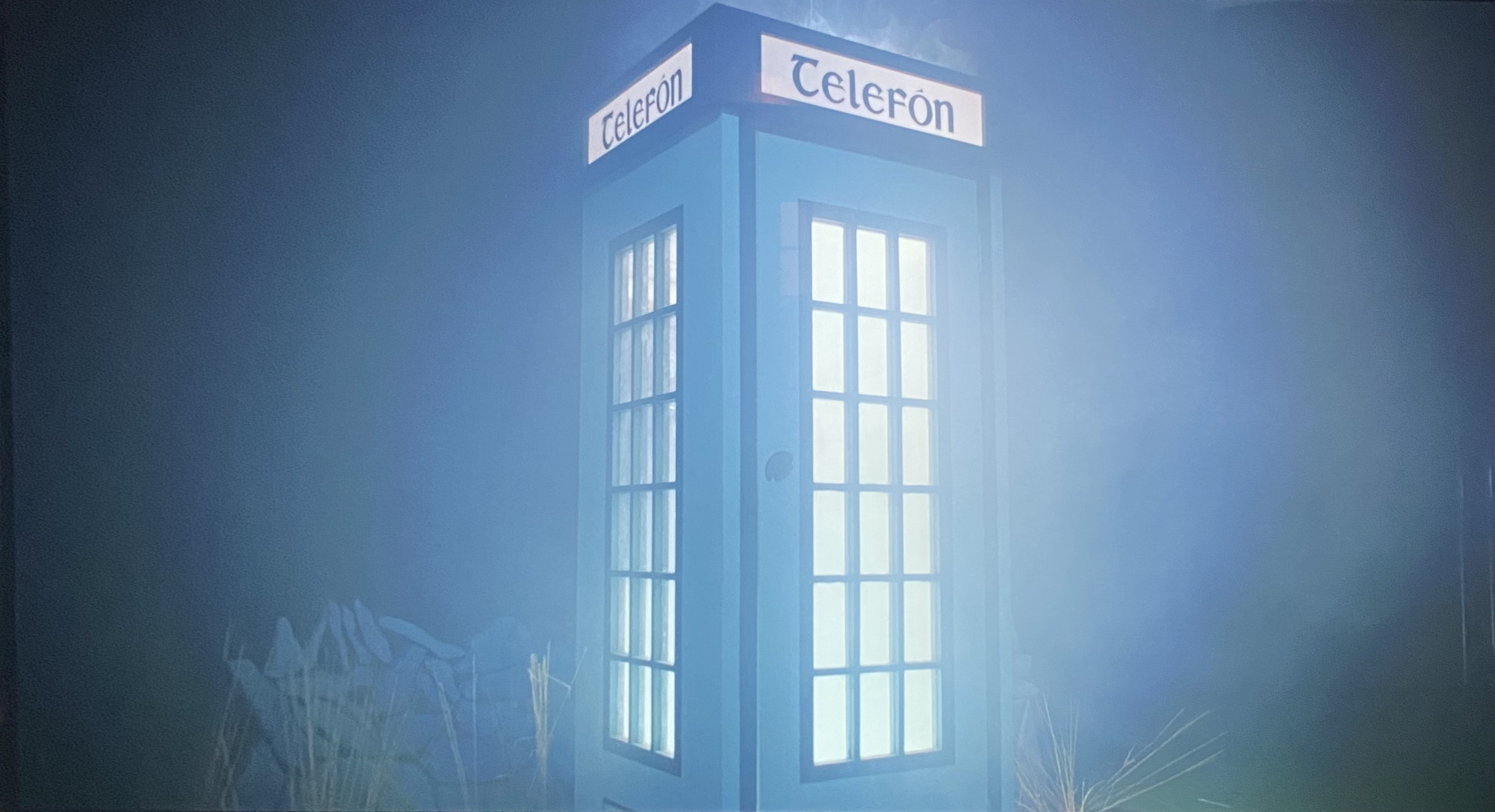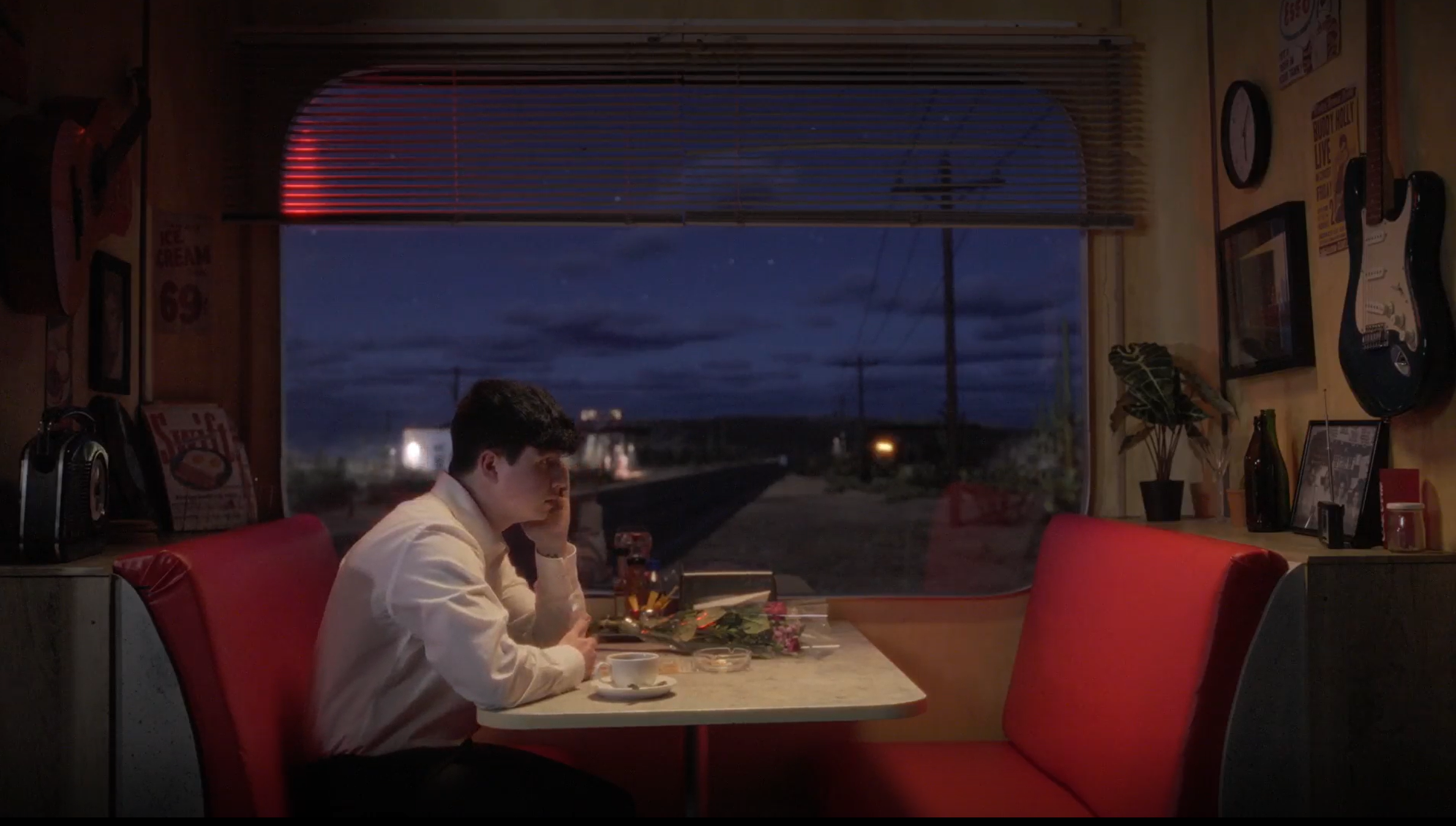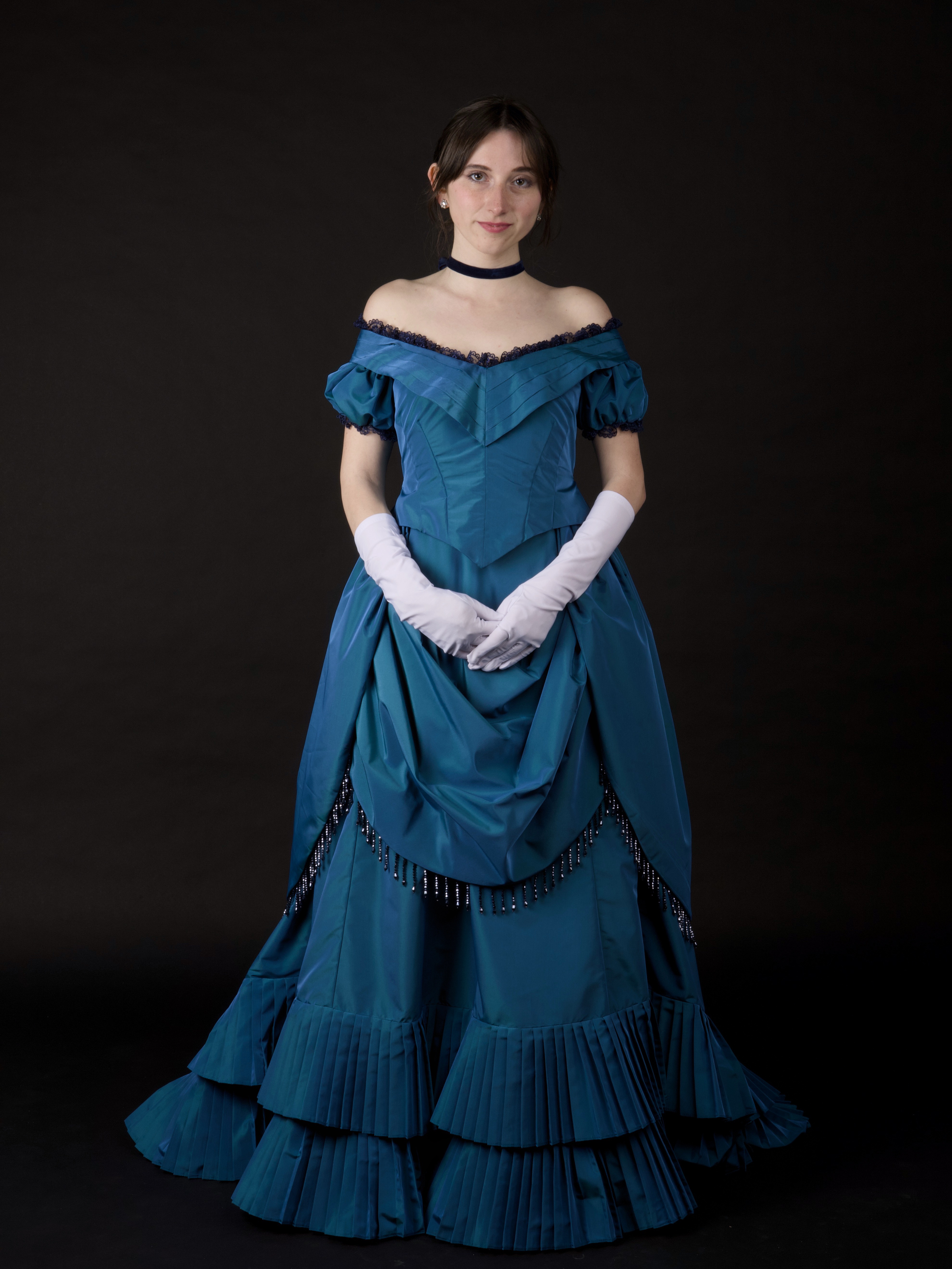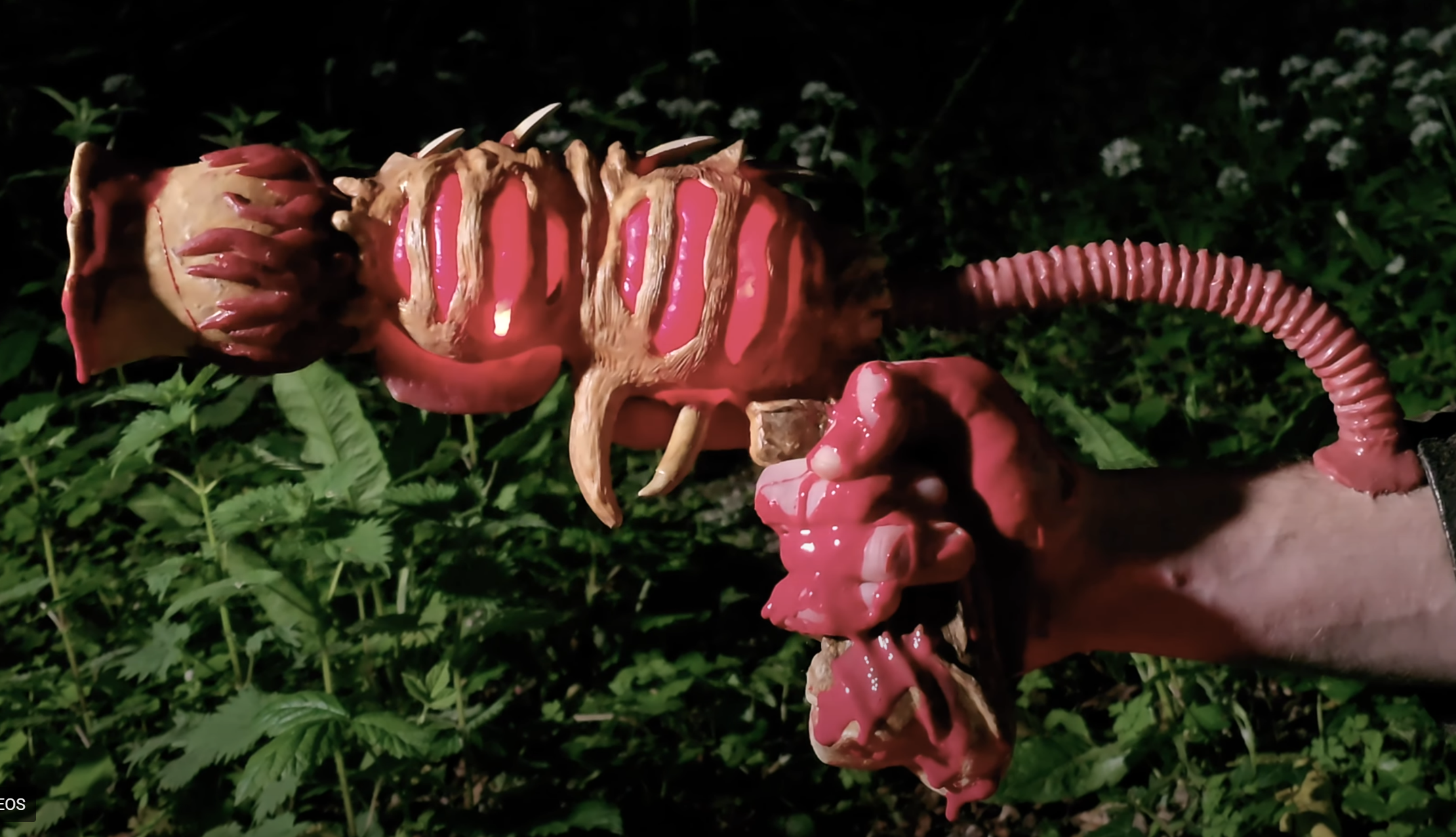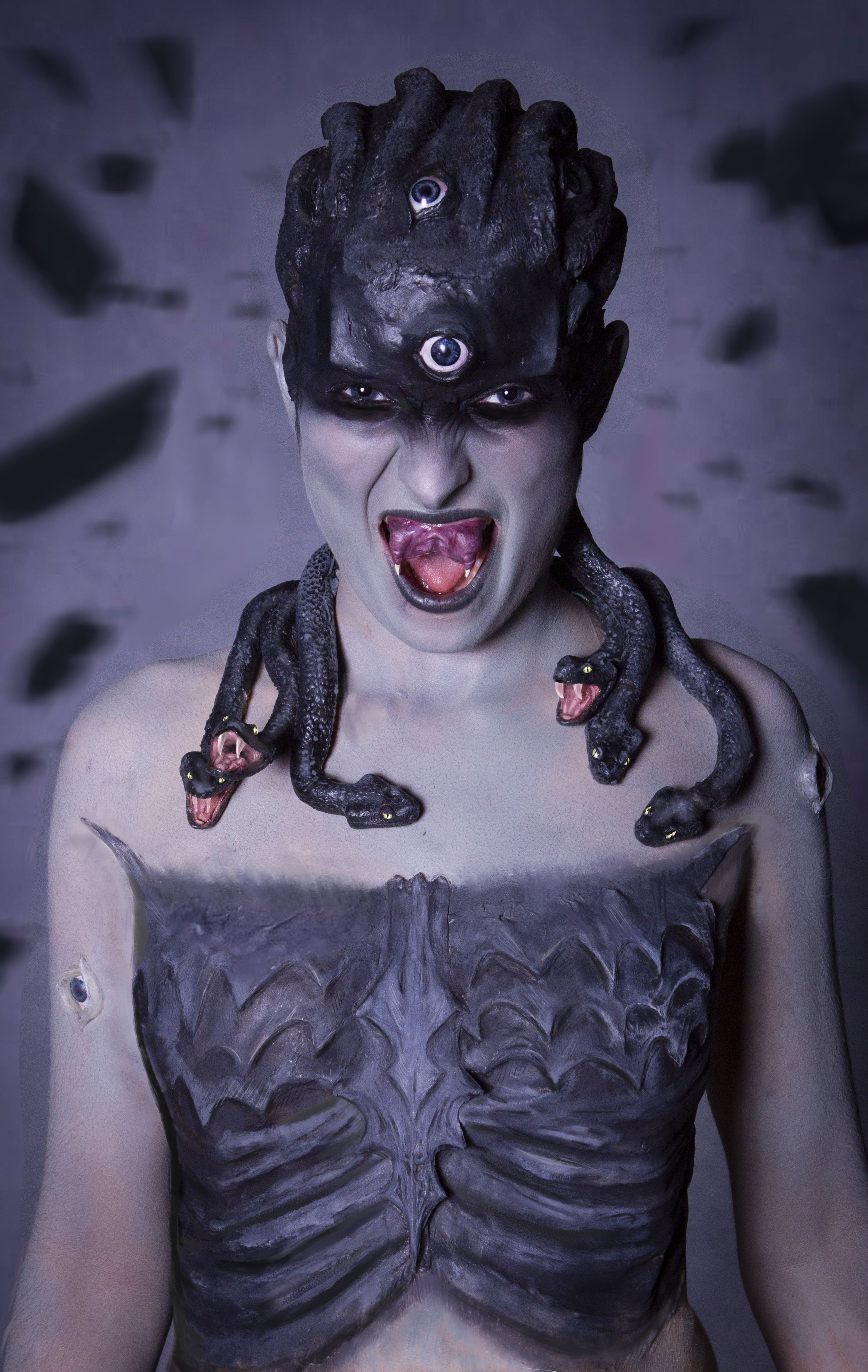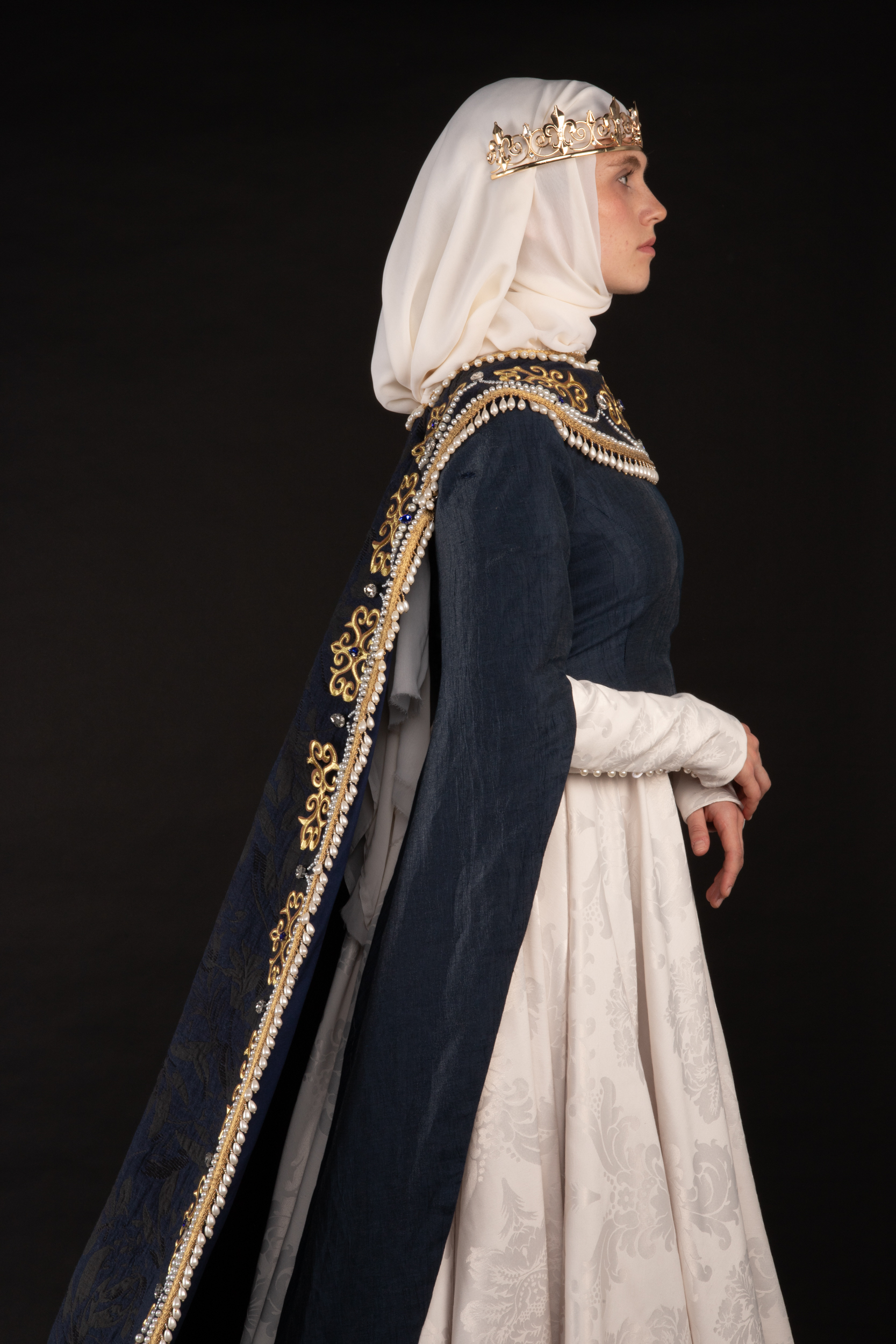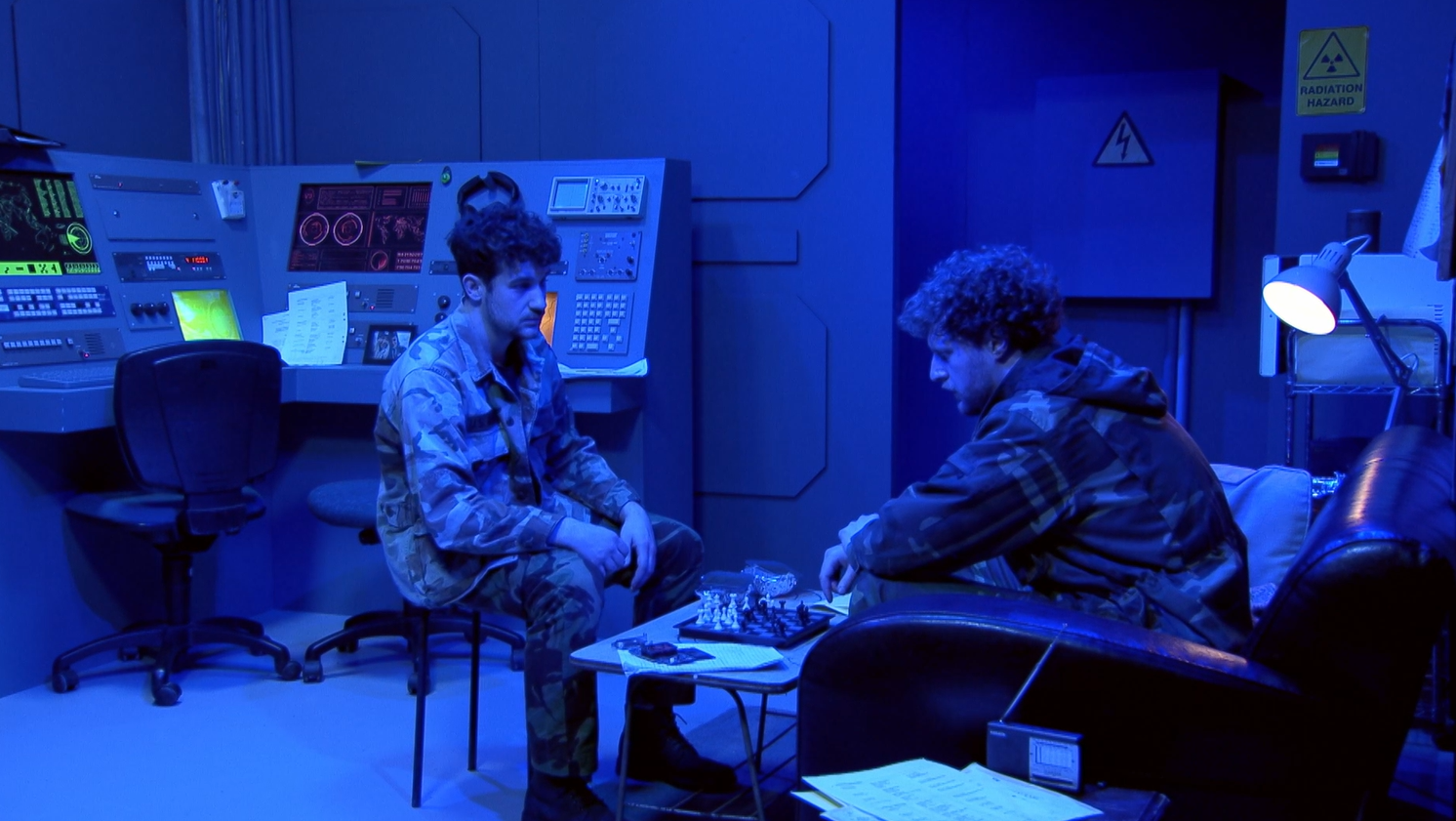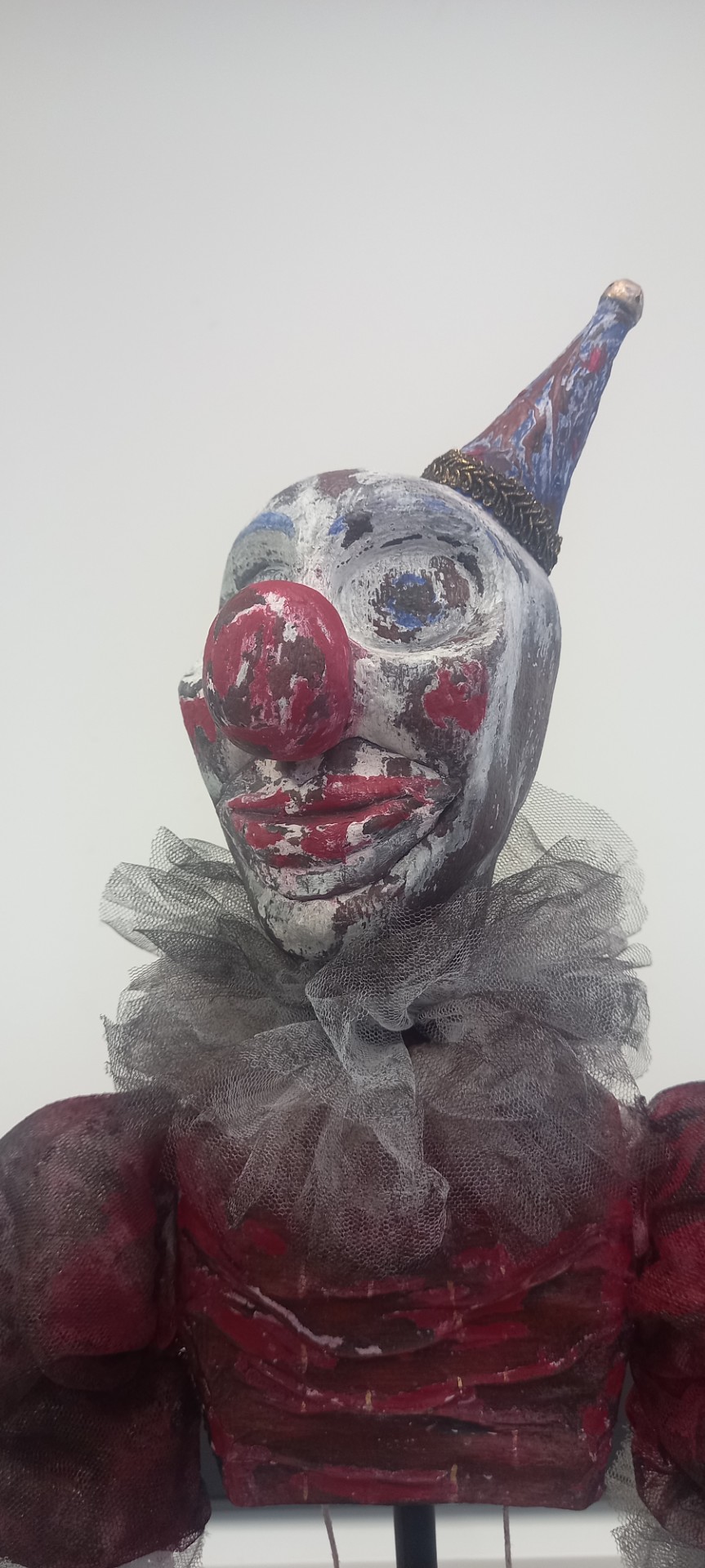
India de Wit
Mary Rose has a supernatural connection to a small island in the Outer Hebrides. At age 10, she disappears for 20 days and returns with no memory of her absence. Years later, now married and a mother, she revisits the island and vanishes again—this time for 13 years. As time passes everyone has mourned the loss of Mary Rose; until she unexpectedly reappears on the island’s shores, unaware that she even left at all.
Written after WWI, the play is seen as Barrie’s reflection on loss and grief. Though relatively unknown it captured Alfred Hitchcock's attention who wanted to adapt it into a film. Hollywood executives explicitly forbade him. However, a screenplay was written. Elements of both the script and play inspired this major.
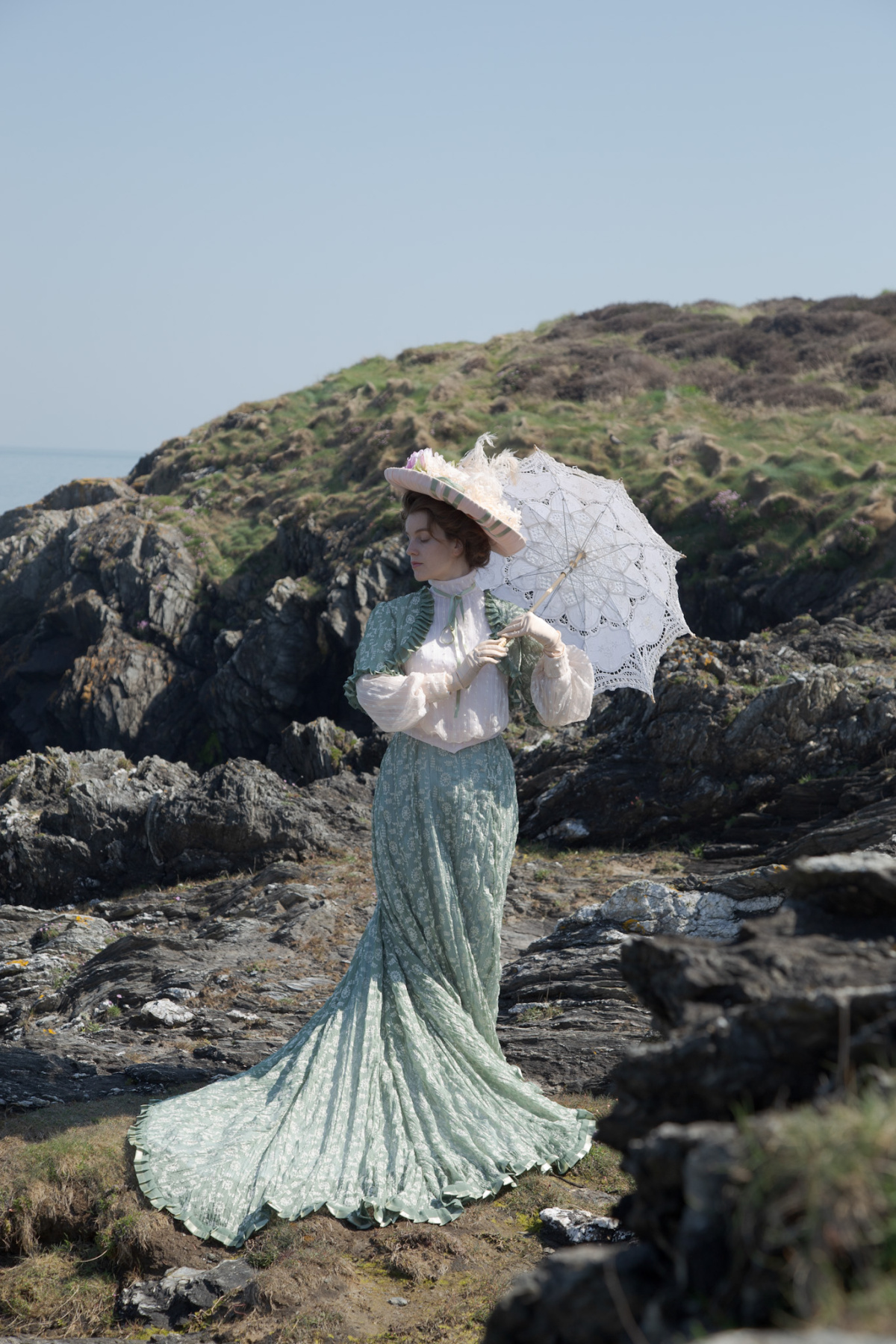
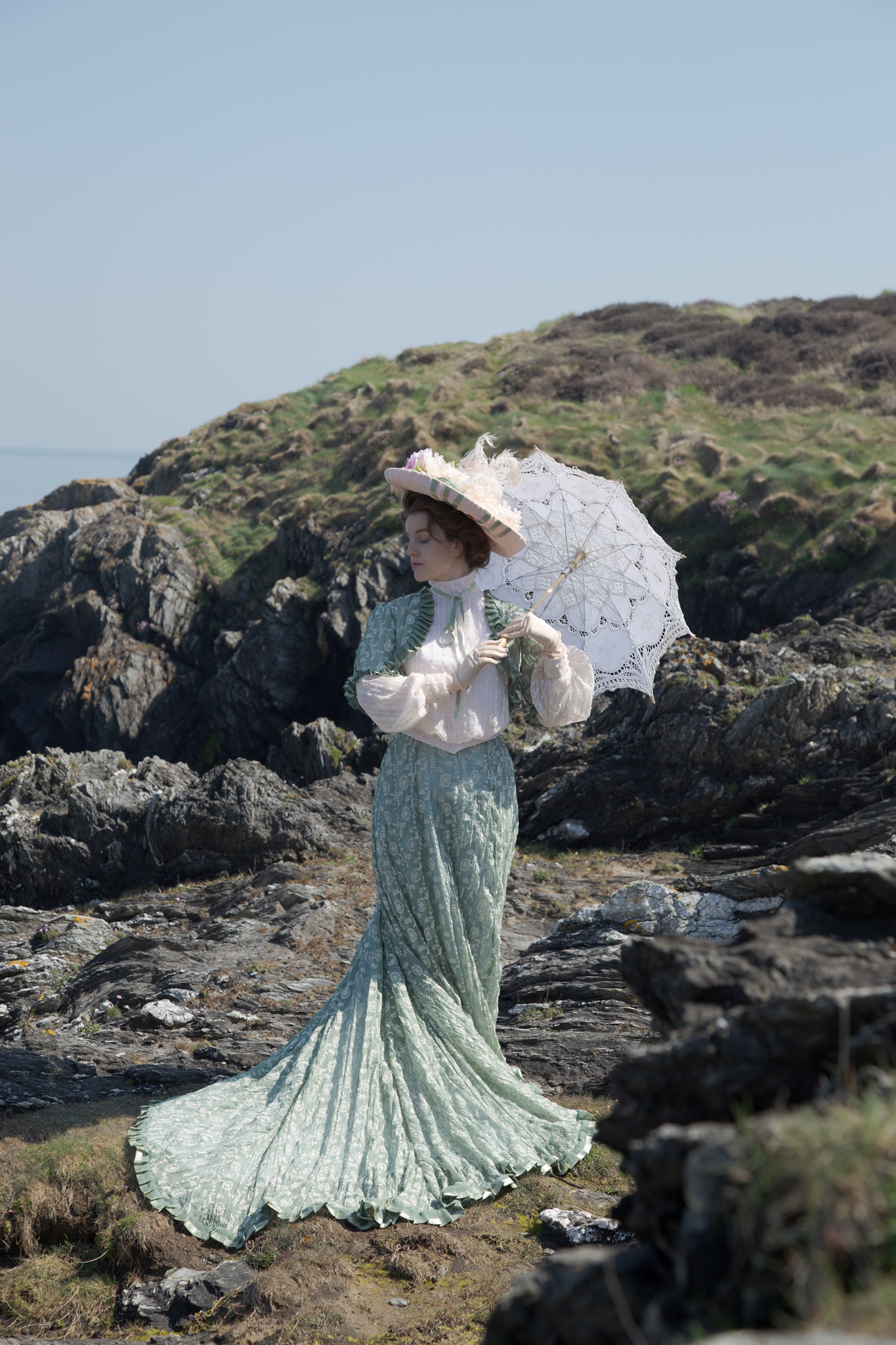

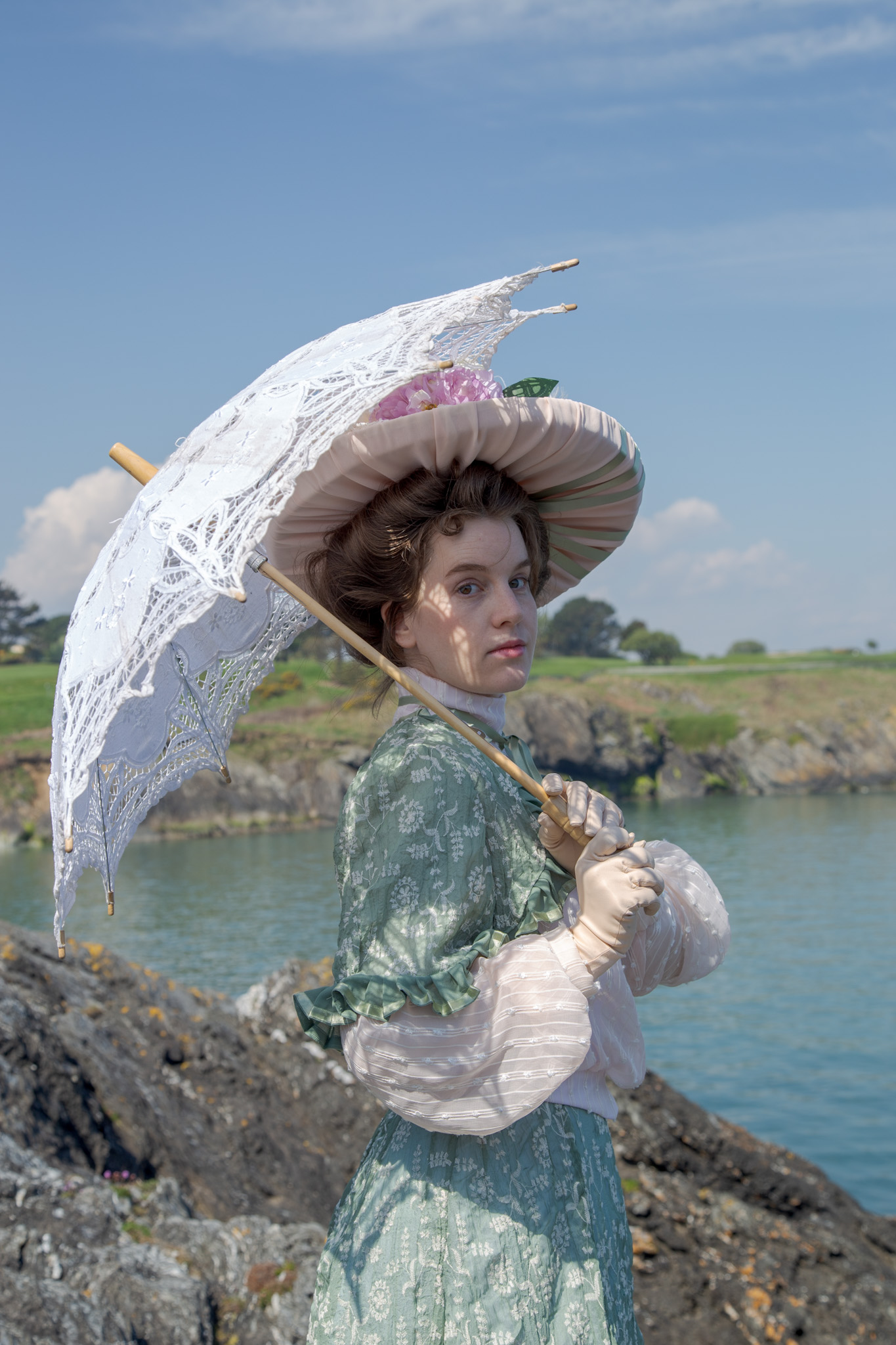


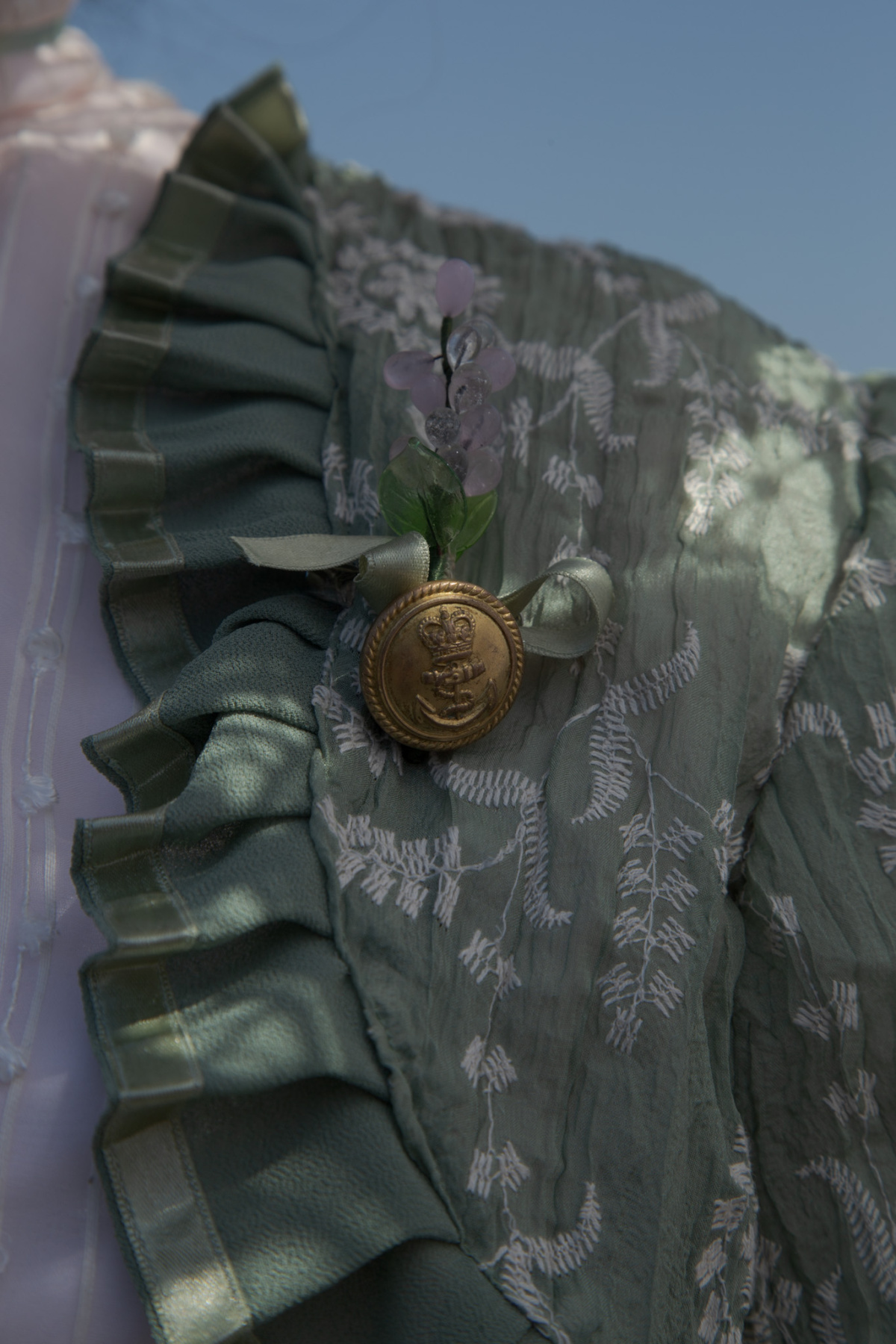

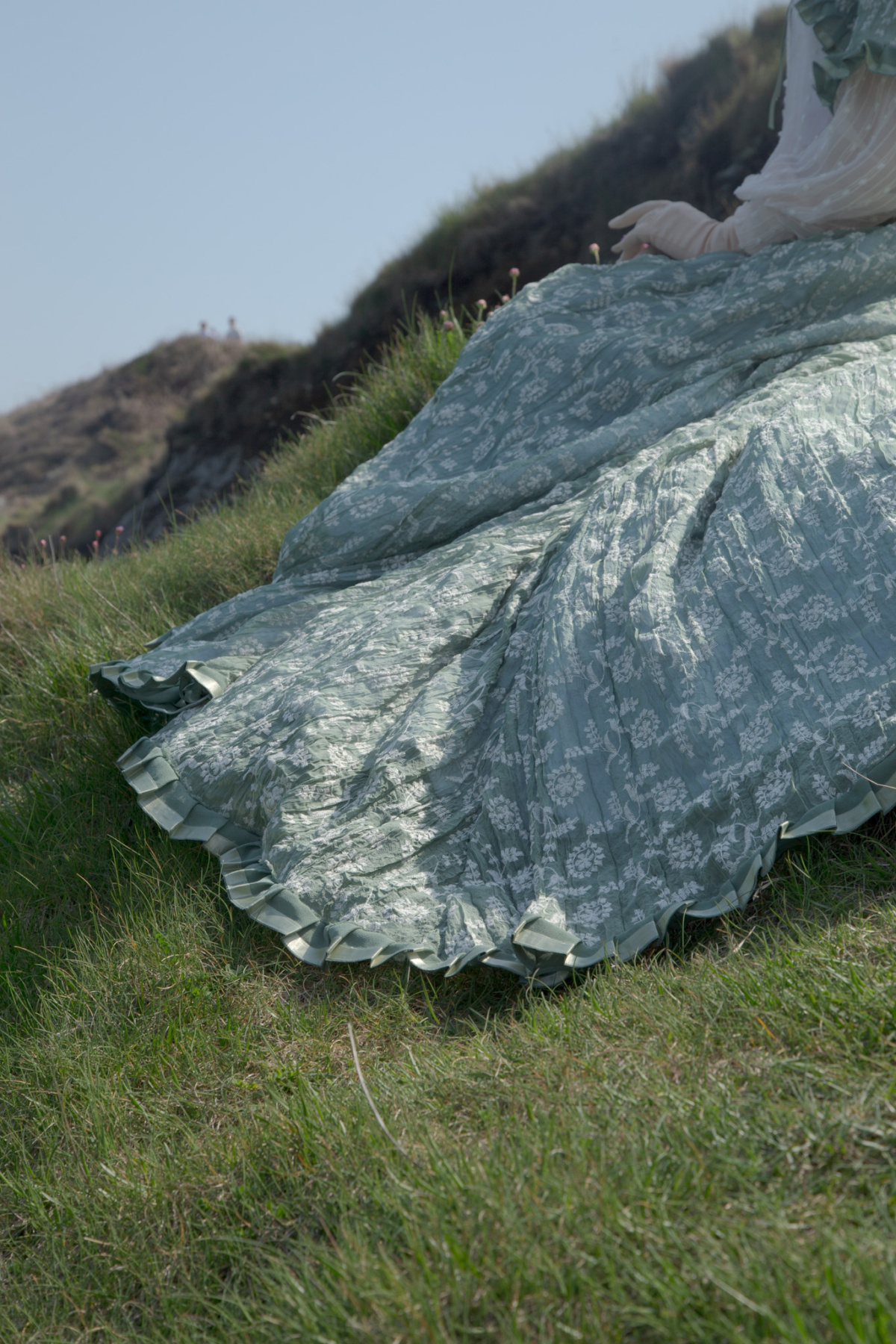

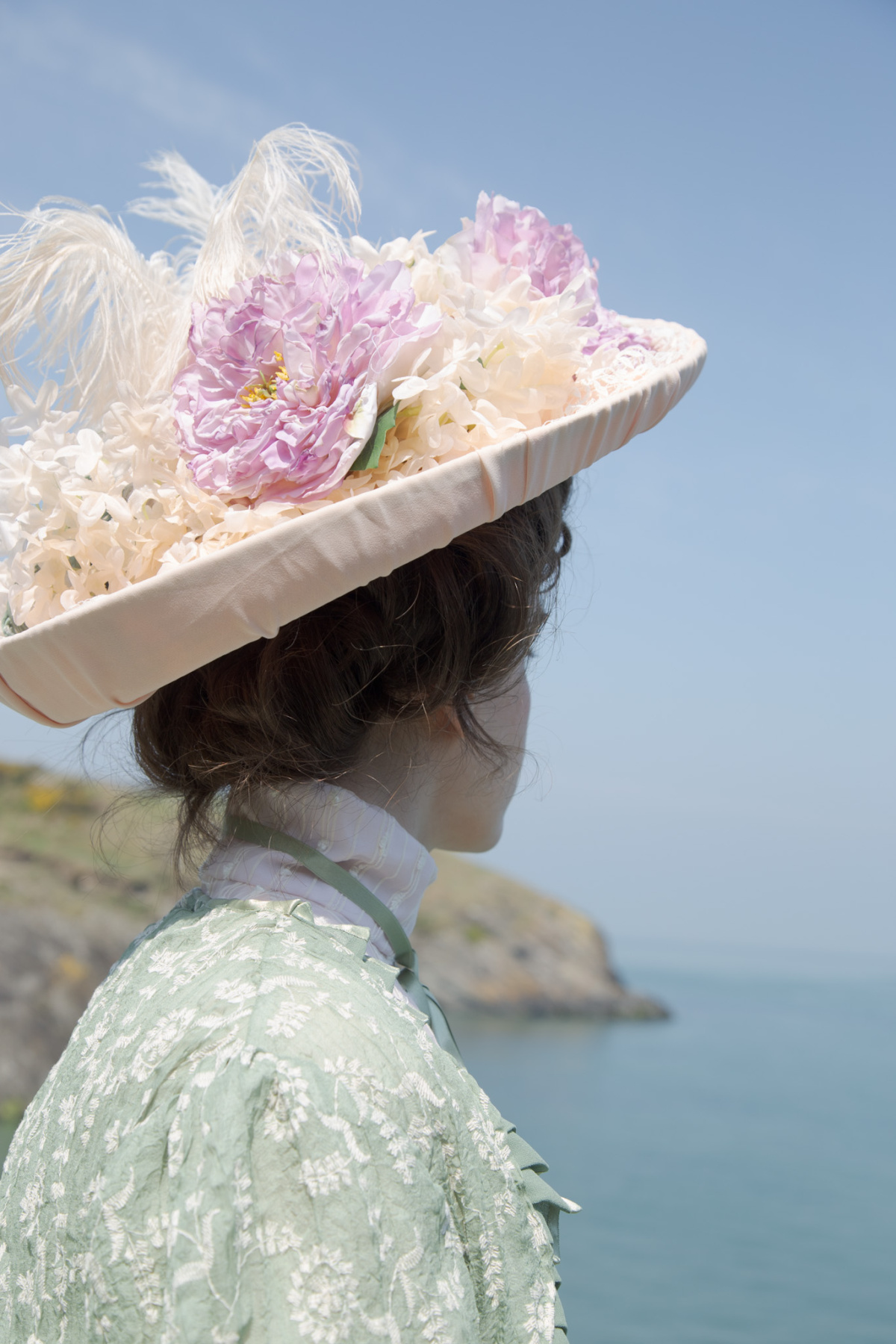
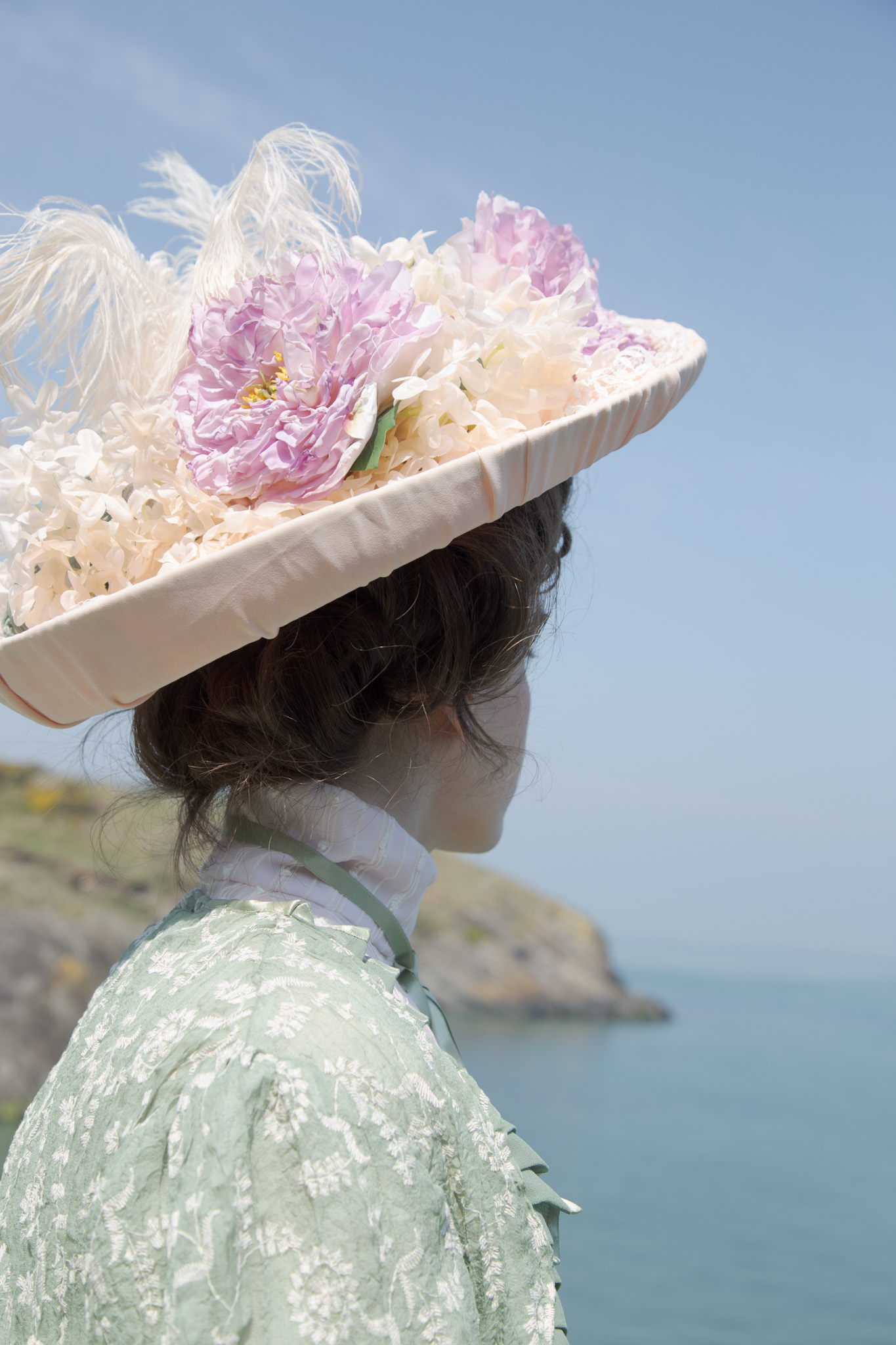


"She is just as we saw her last except that we cannot see her quite so clearly."
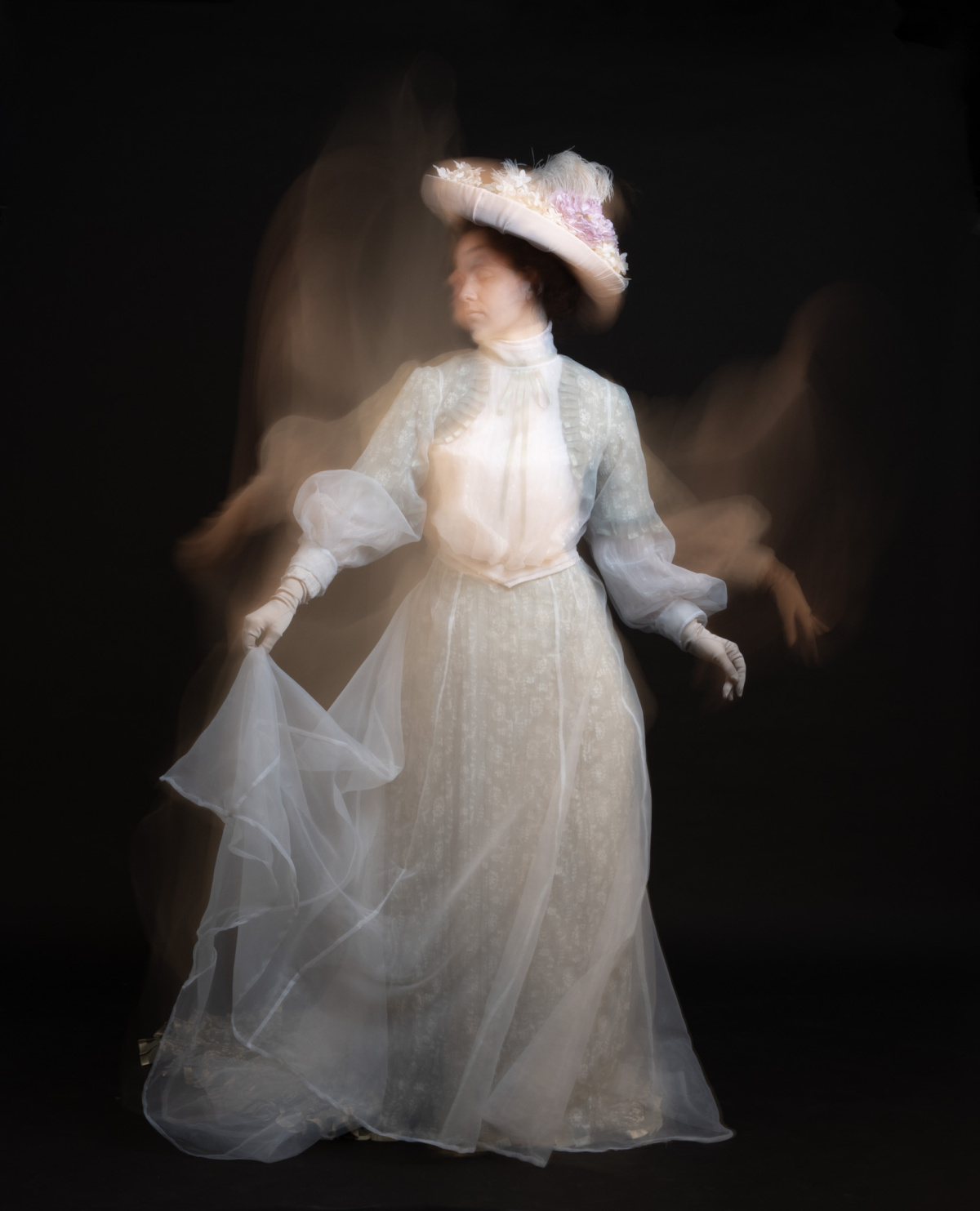
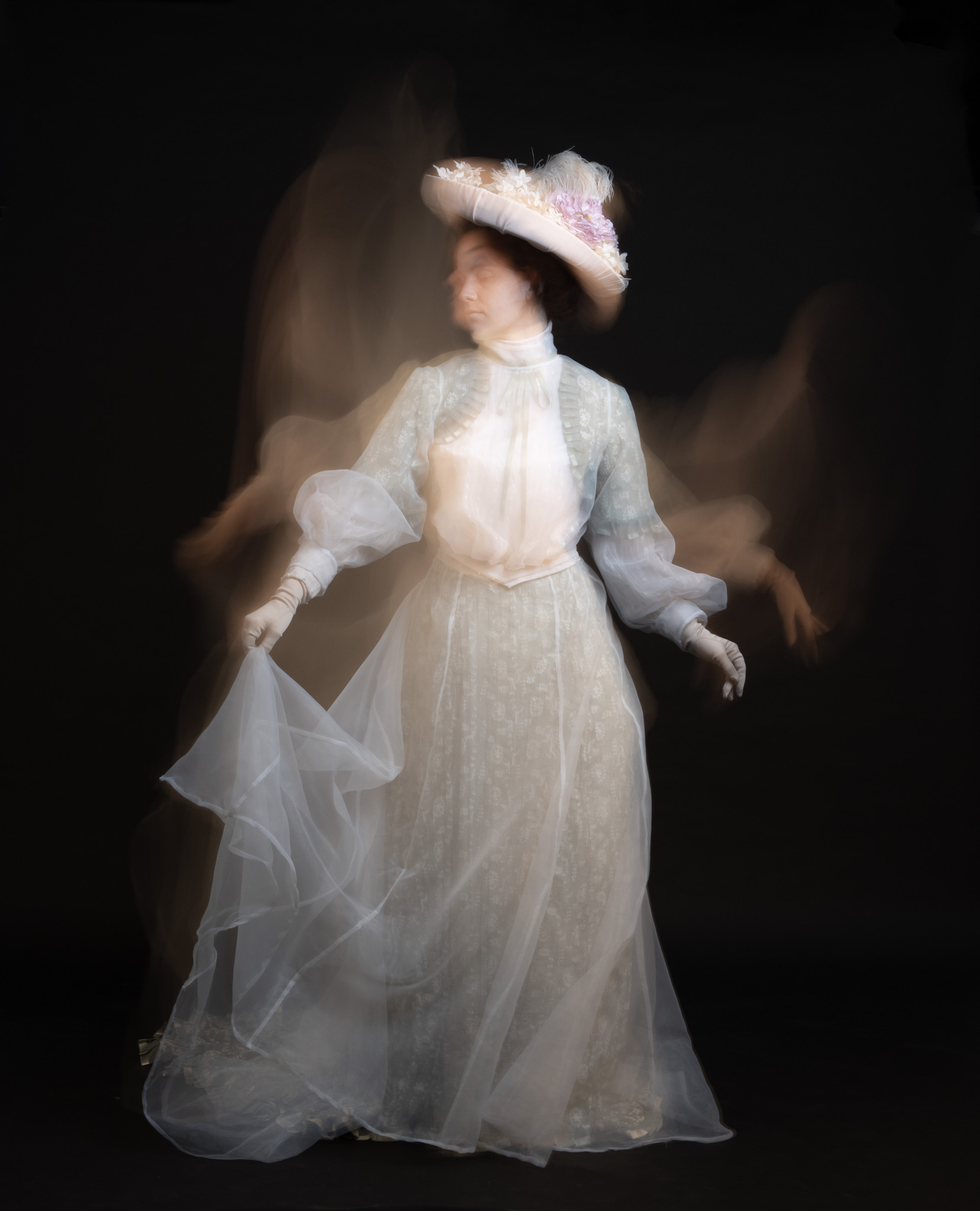


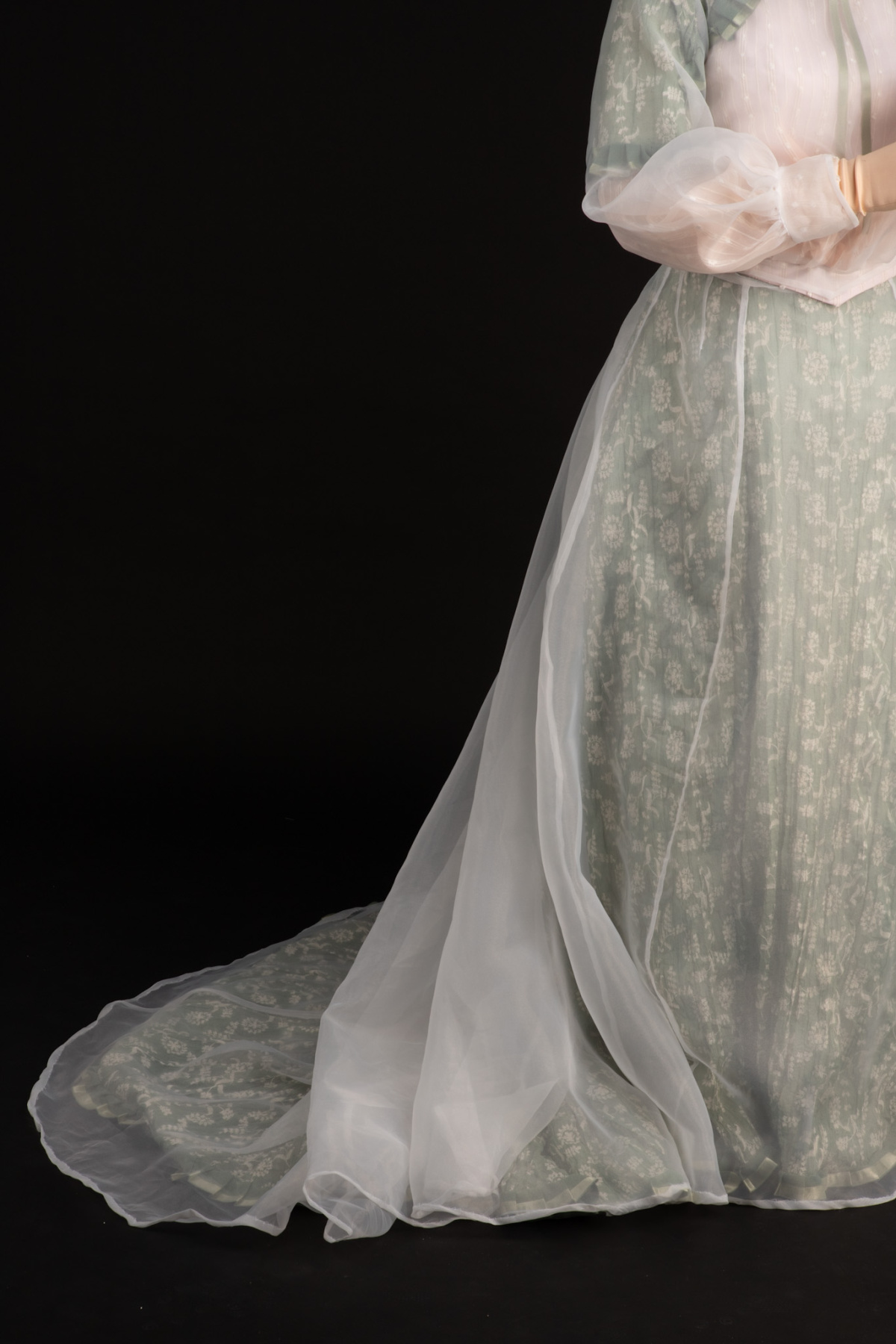
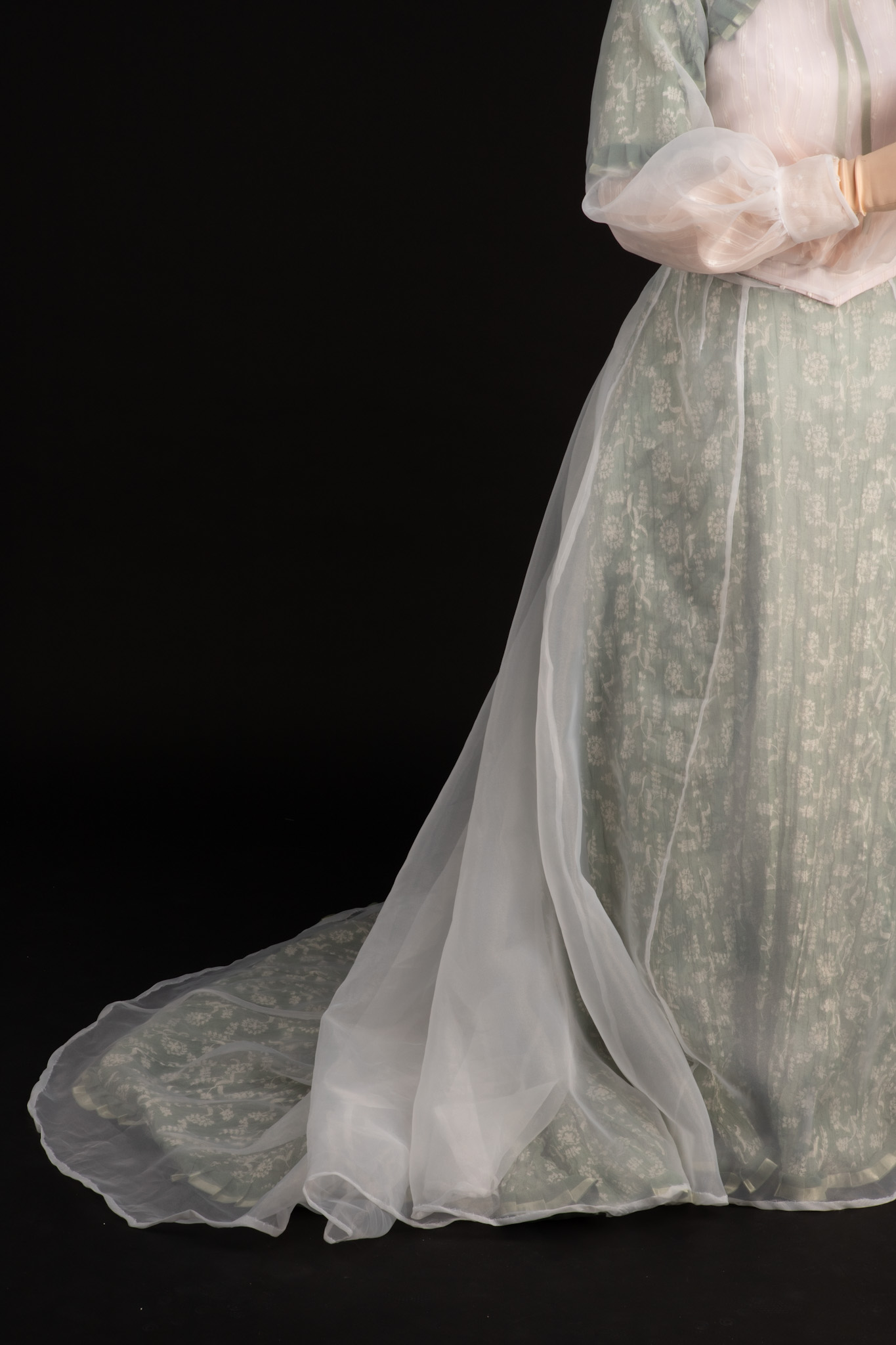
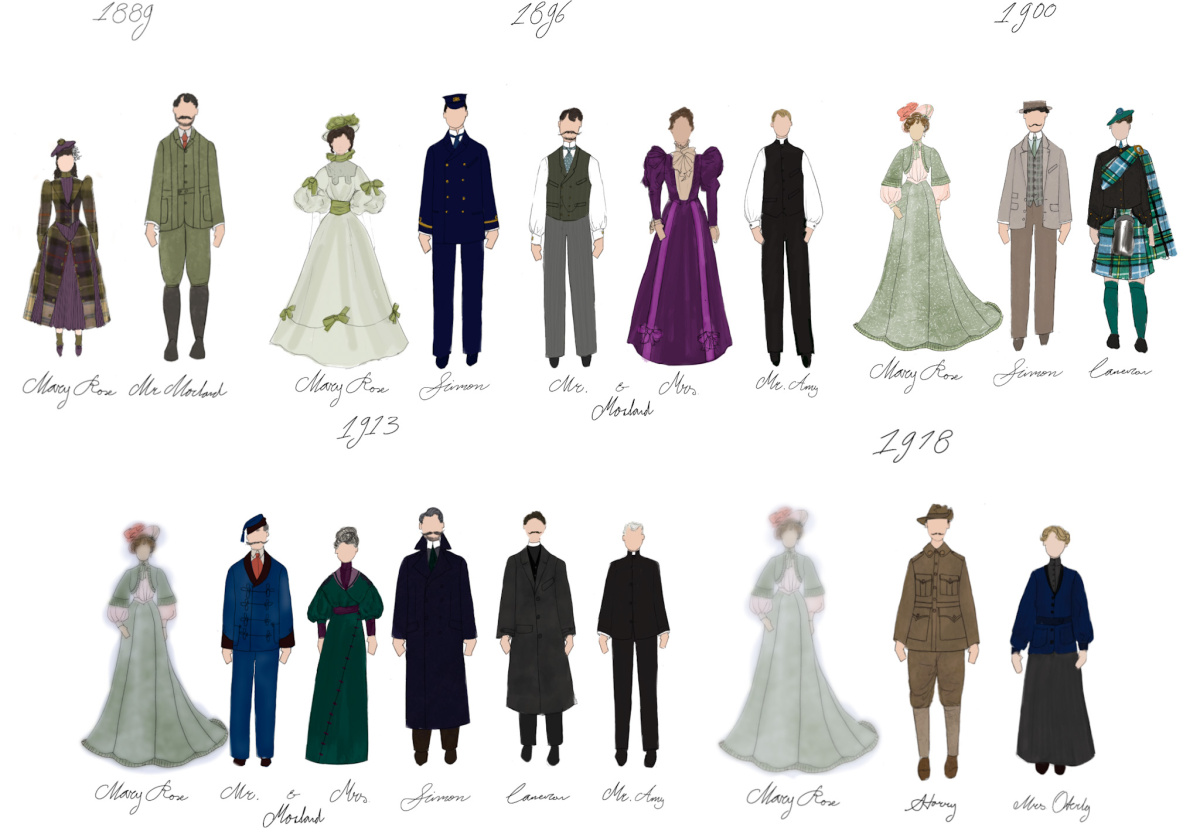

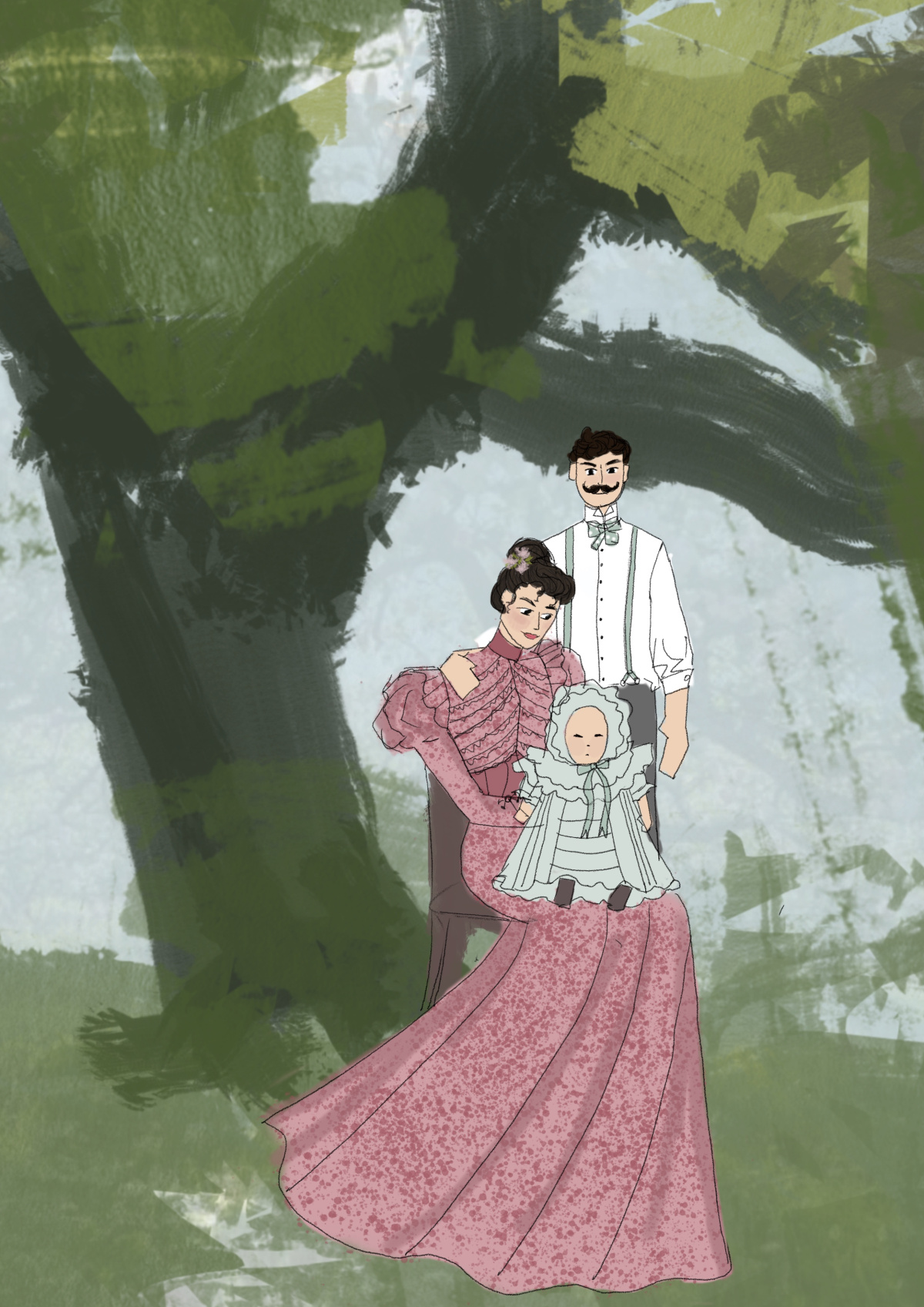

Barrie’s story offers ample opportunities for symbolic interpretation. Two different trees are mentioned in the text: the apple and the rowan tree. Each representing a key setting, our world and the other.
The apple tree is found in the garden of Mary Rose's childhood home. Apple blossom symbolises the transitory nature of time, a painful reminder of Mary Rose's frozen state. Barrie alludes to the fact that the tree is linked to Mary Rose as it serves as one of the final reminders of her to her family before it is cut down during the 3rd act. Hitchcock's screenplay takes a more literal approach, using snapshot scenes to show the passing of time such as the birthdays of Mary Rose's son, Harry, all at the base of the tree. Mary Rose's designs echo the apple blossom in both colour scheme and fabric choice.
The Rowan tree can be found on Mary Rose's island. Barrie writes how a young Mary Rose used to wear the blossom in her hair when visiting the island. In Celtic mythology the Rowan tree symbolises protection, especially against enchantments. Wearing sprigs of rowan was thought to protect against evil spirits. Barrie's stage directions for the moment Mary Rose gets pulled into the other world describe an "unholy organ that rushes upon the island" he describes a second sound: "music of an unearthly sweetness". Perhaps the protection of the rowan tree saved Mary Rose from a worse fate, and the sprig of rowan she wore was what allowed her to return twice.
This video thesis explores the social practice of fancy dress, situating within the broader context of emerging modern technologies; while examining its role as both a form of escapism and a marker of social standing. Beginning with a brief historical overview, the research delves deeper into popular fancy dress manuals such as Ardern Holt’s Fancy Dresses Described. An exploration of the Folly and its visual DNA as a costume concept traces from the 18th century to the early 1900s, where a gradual shift away from fancy dress balls can be attributed to the dawn of the silver screen. While initially perceived as a frivolous pastime, fancy dress reveals itself as a complex social practice, particularly for women, offering an escape from societal constraints during a time of limited rights and growing societal pressures. The invention of photography also played a pivotal role in transforming fancy dress into a social currency, with guidebooks providing insights into how these costumes reflected one’s societal standing and cultural knowledge. The decline of prudishness in a more liberal society, coupled with the rise of cinema, contributed to the eventual disappearance of fancy dress as a form of unspoken self-expression.

India de Wit is a dedicated costume designer with a keen interest in historical costume. She brings a thoughtful and research-driven approach to visual storytelling. Her work reflects a deep understanding of character, narrative, and period accuracy, developed through both academic study and costume construction.
On set work as a breakdown artist helped her gain hands-on experience in the ageing and distressing processes that bring authenticity to costume design. India is passionate about using costume to support storytelling, deepen character development, and bring each script to life through thoughtful, purposeful design.


